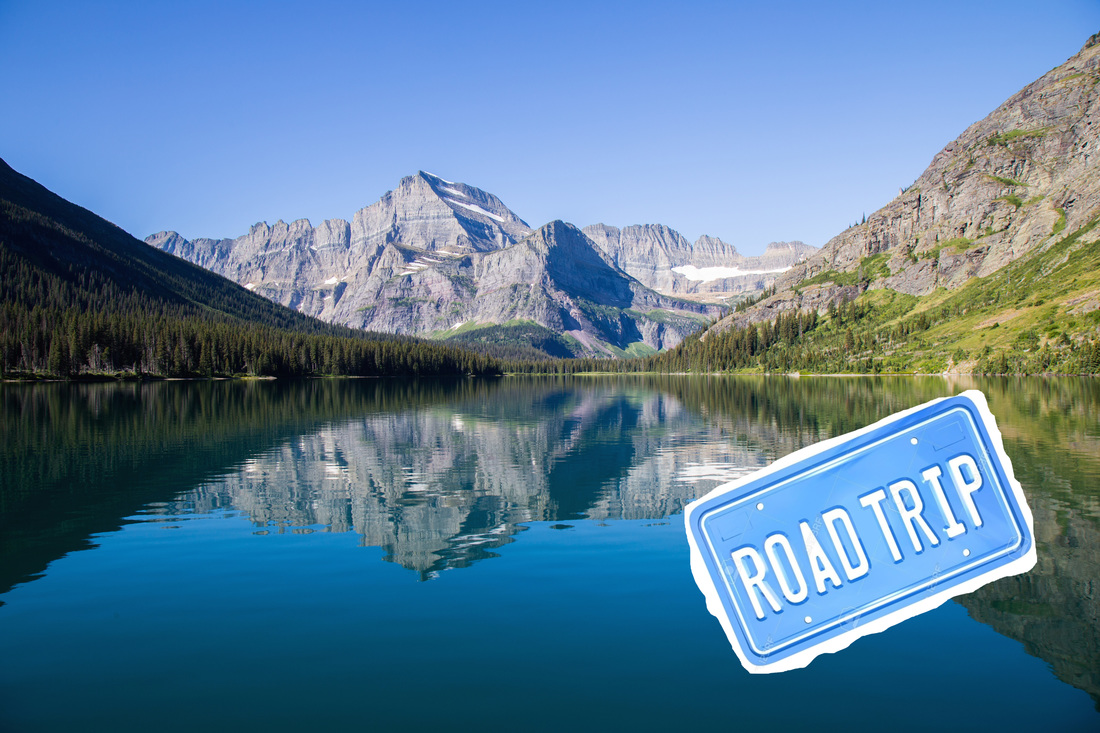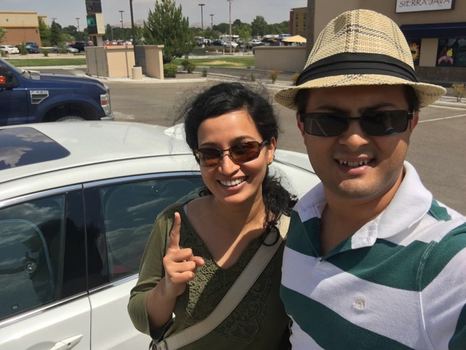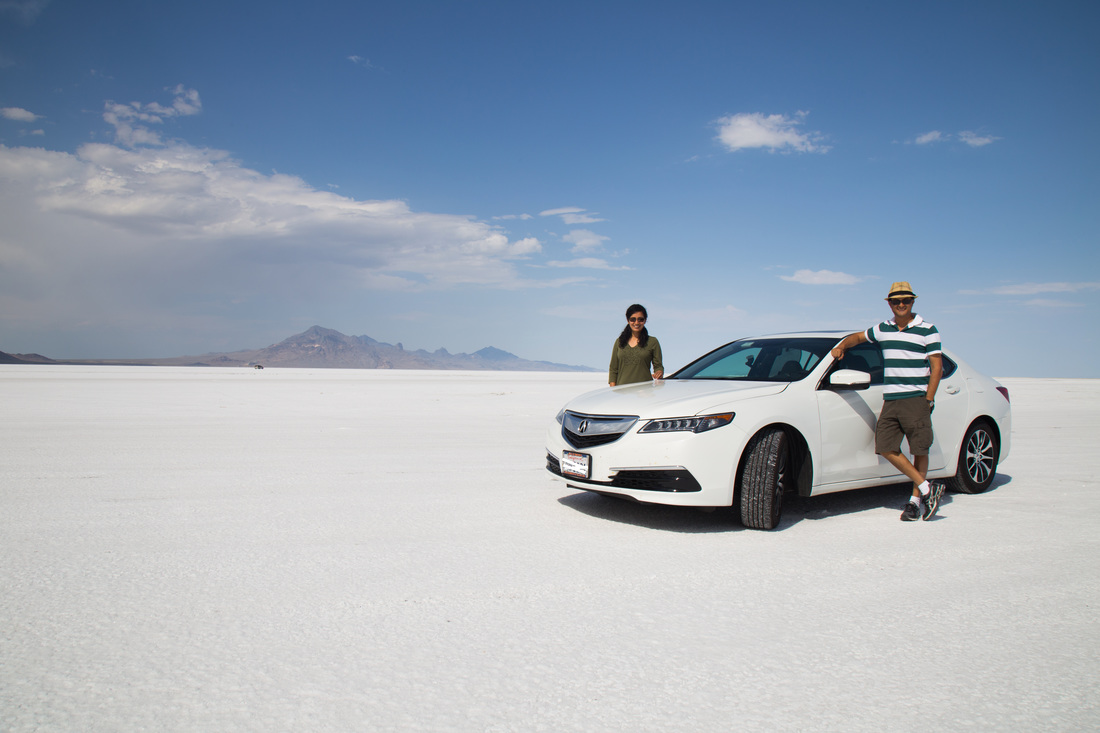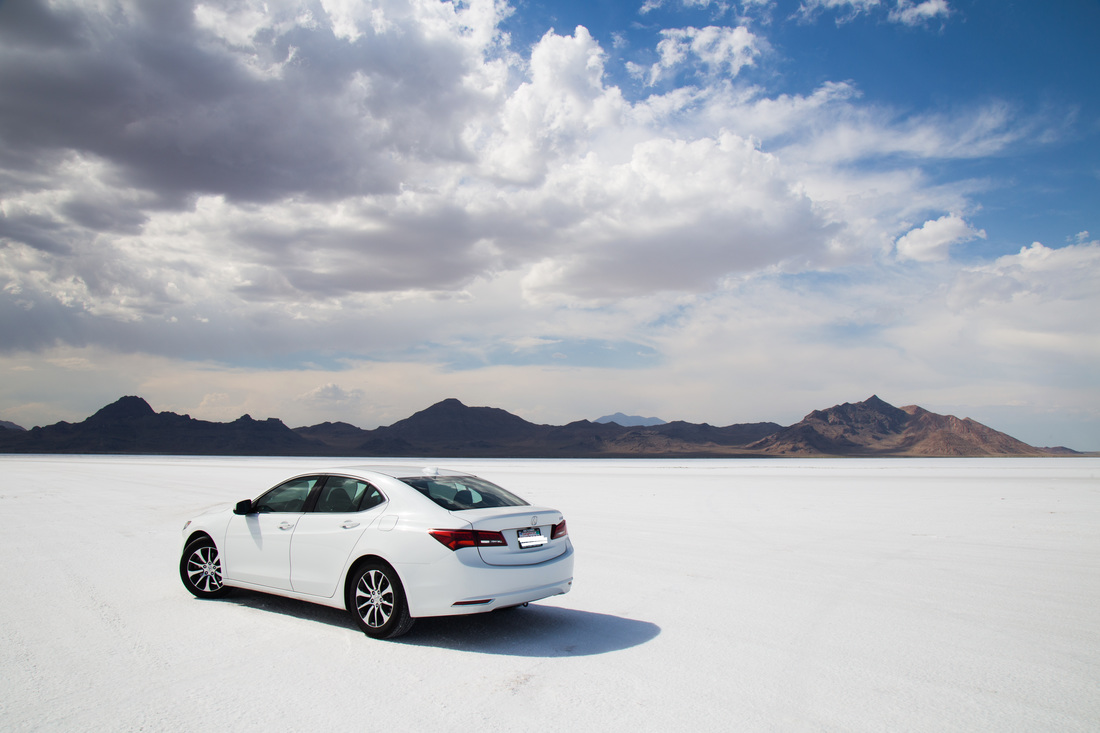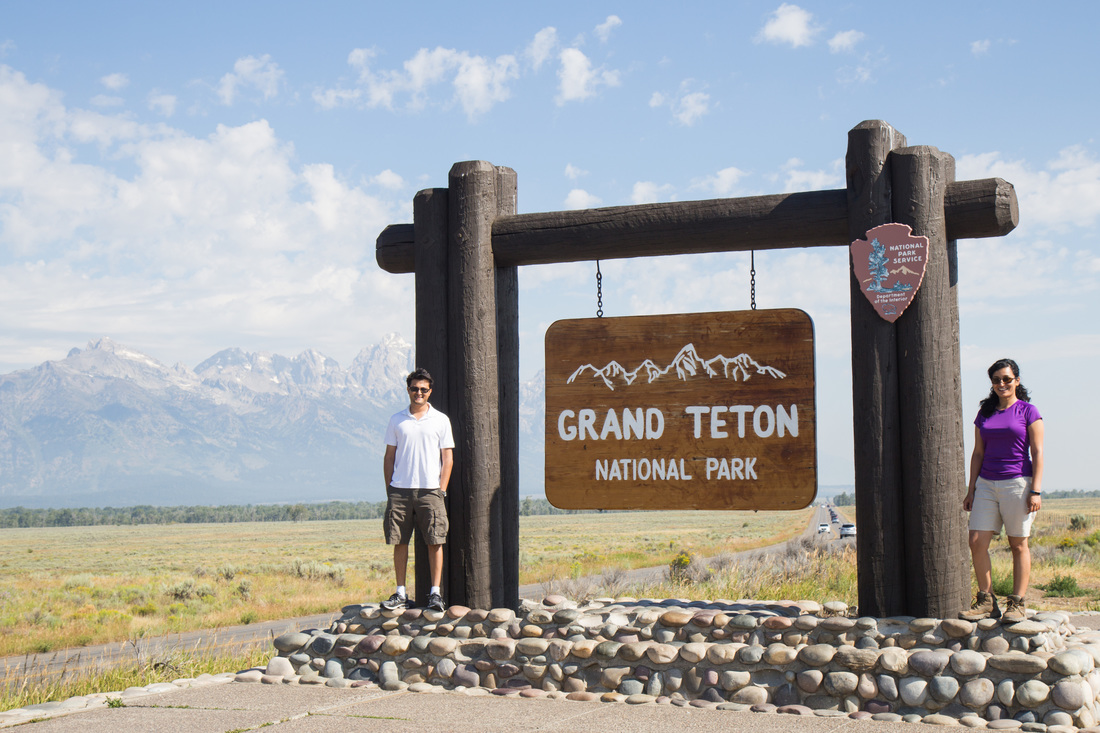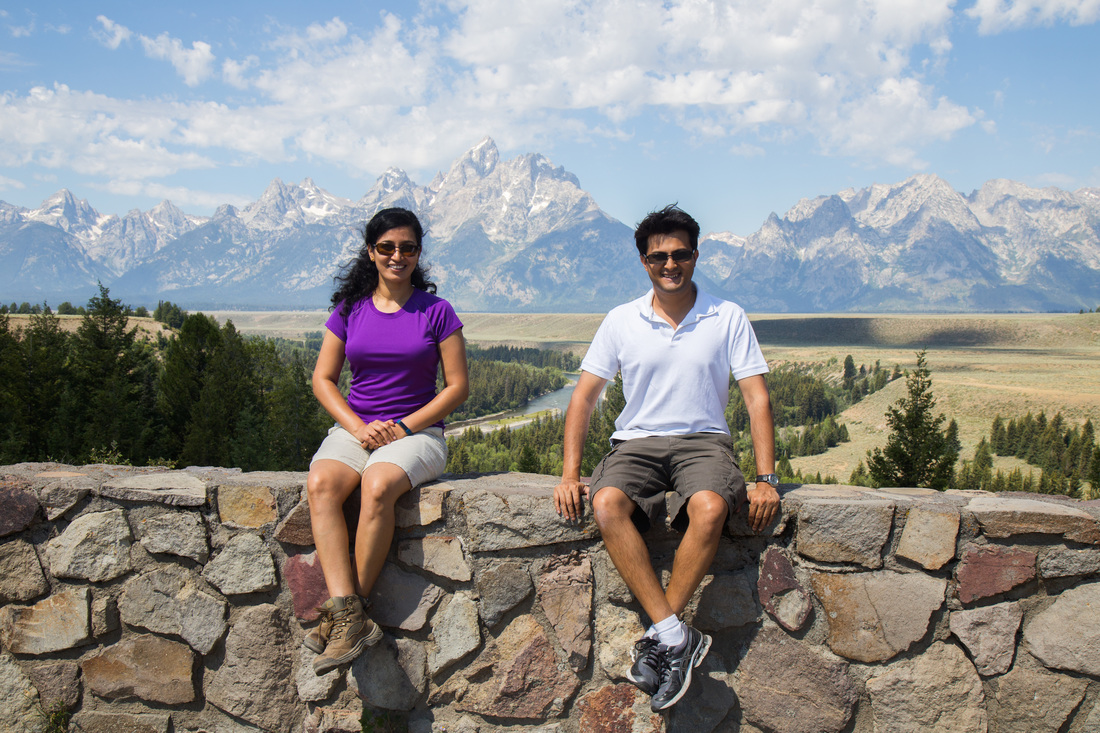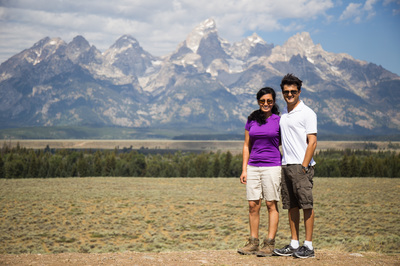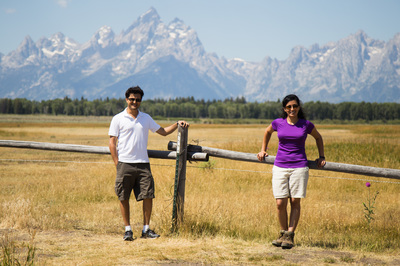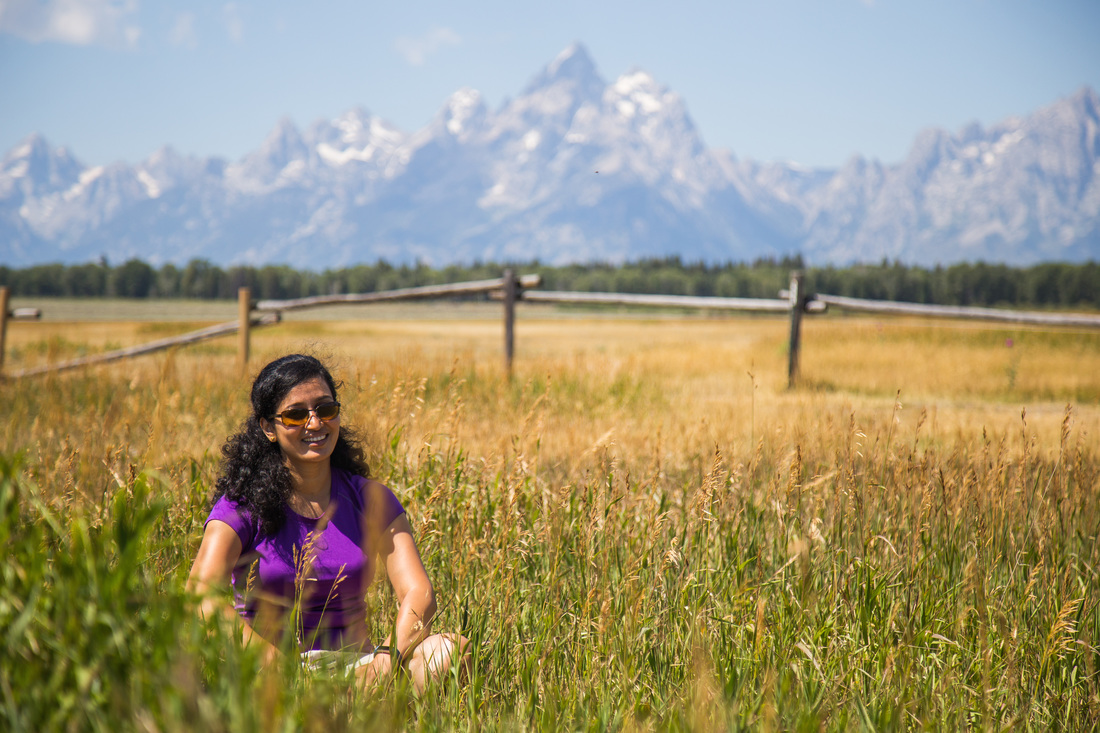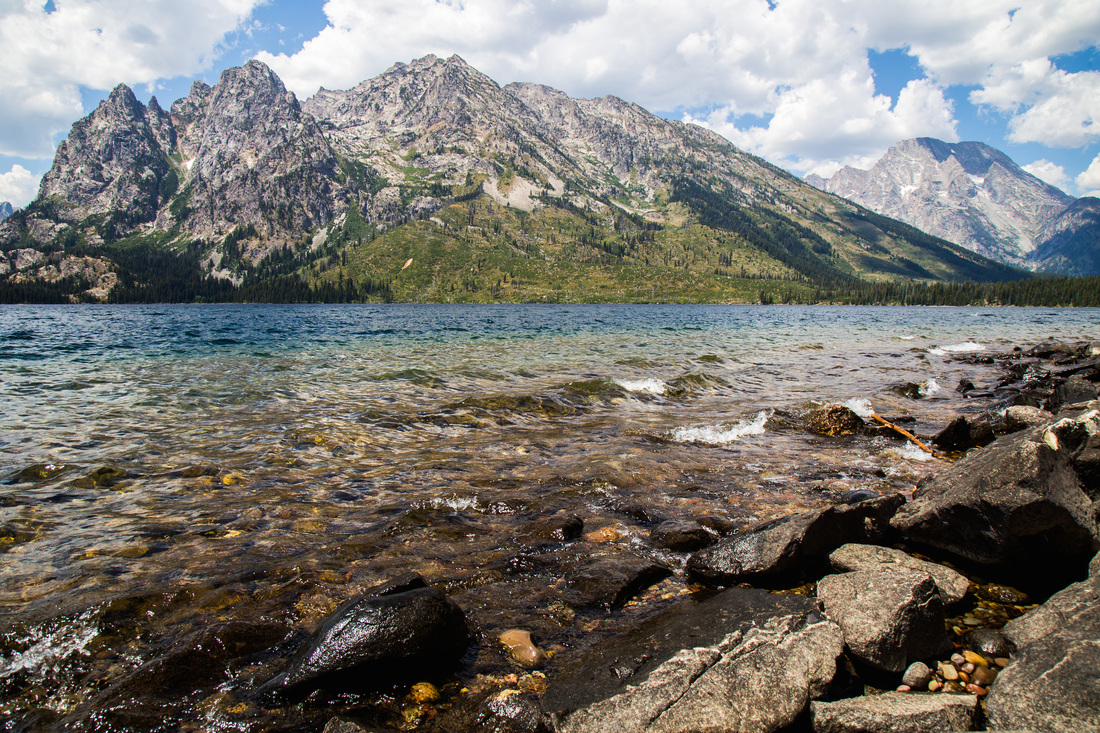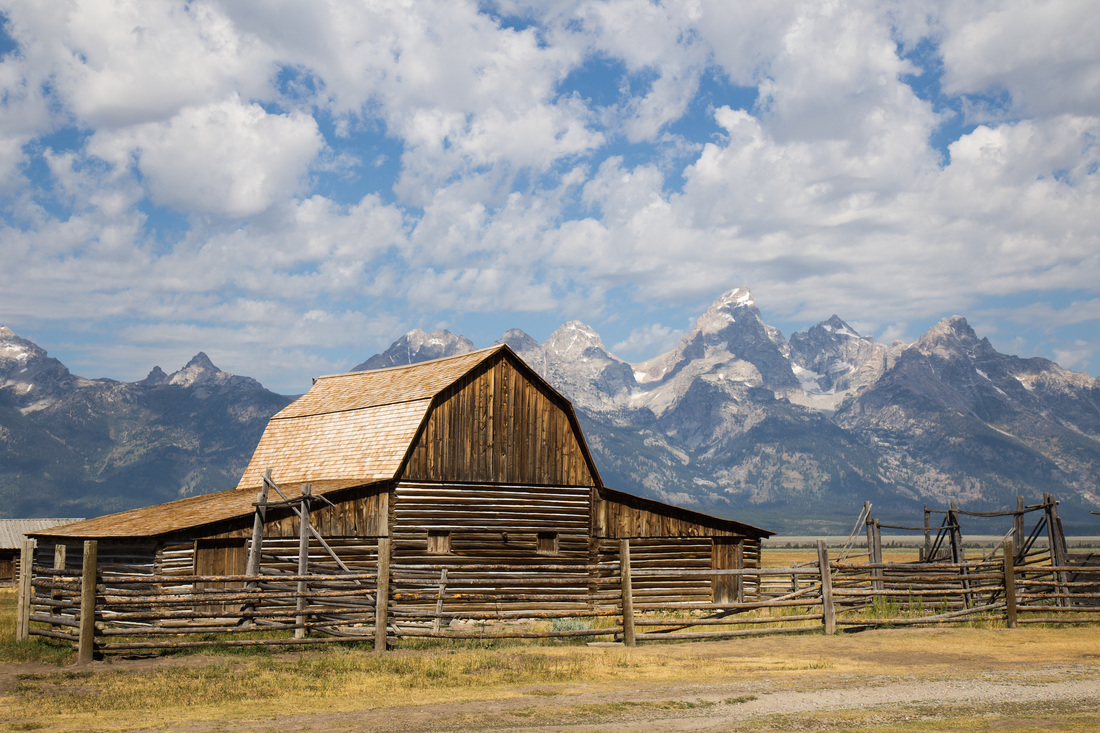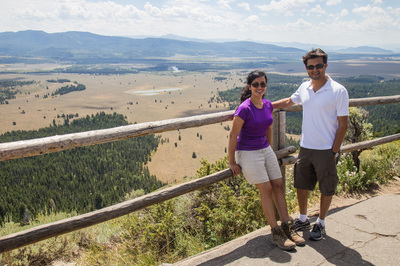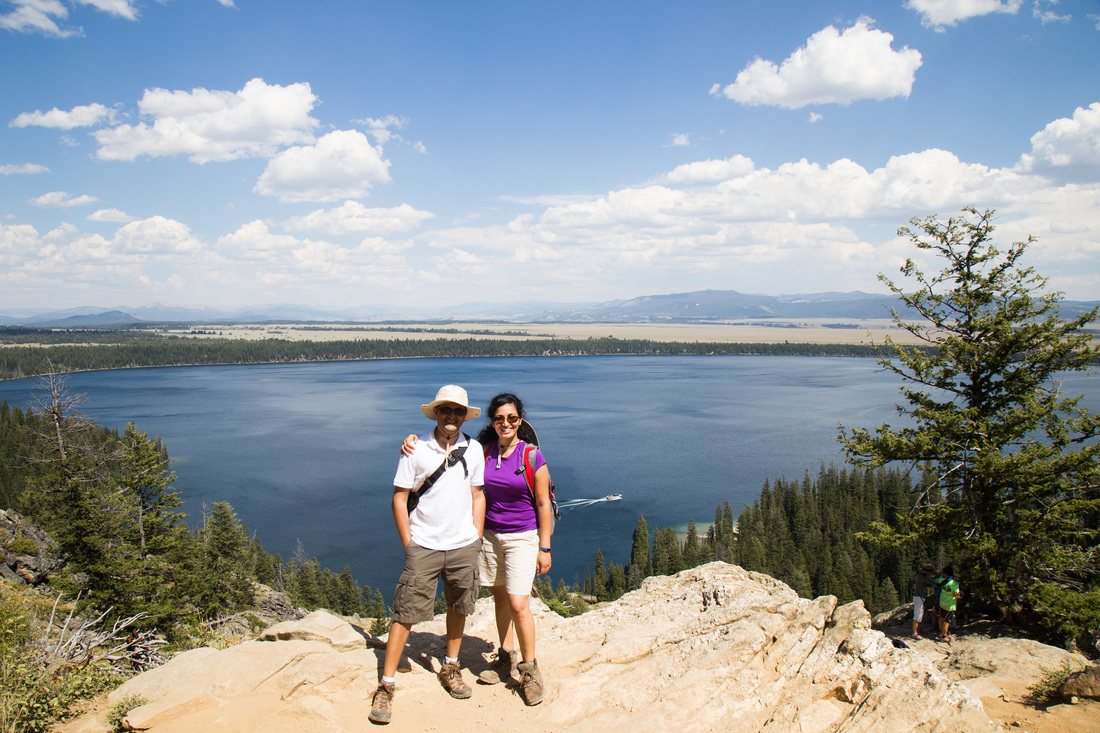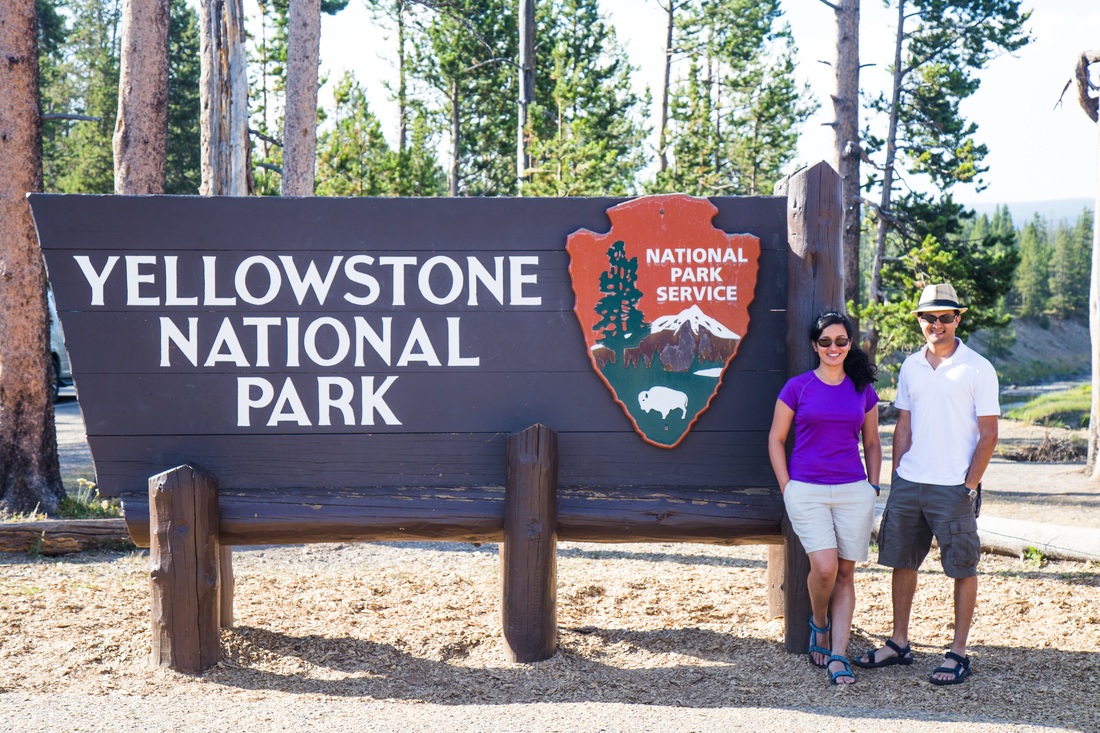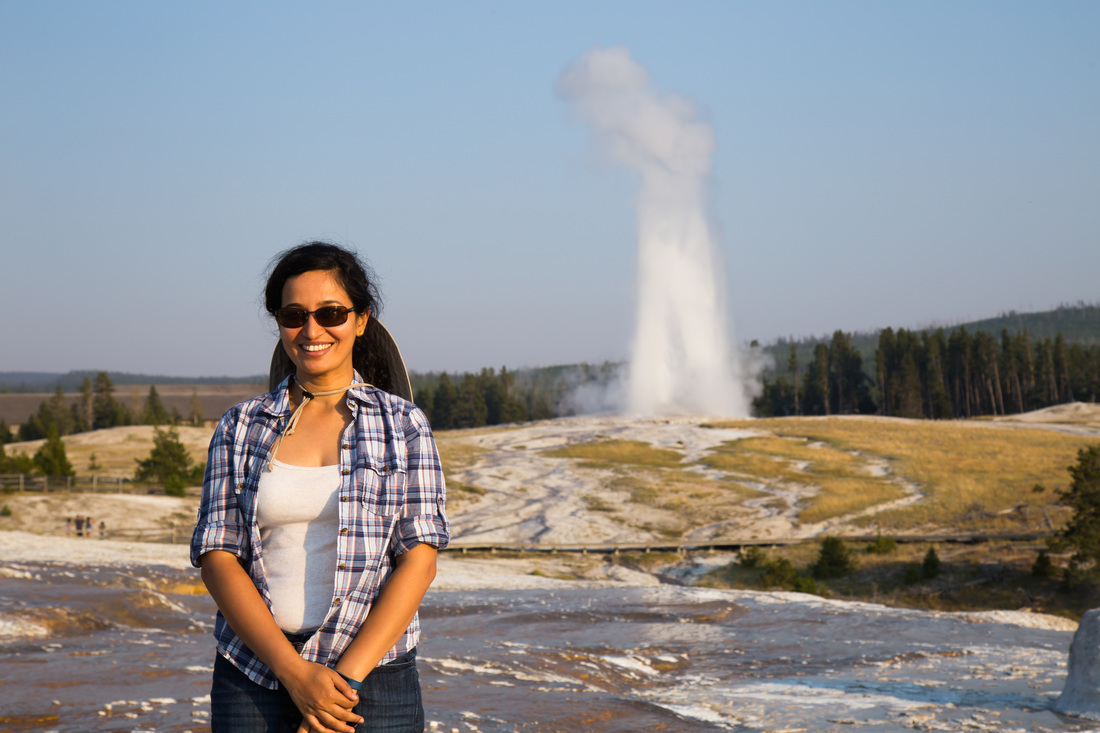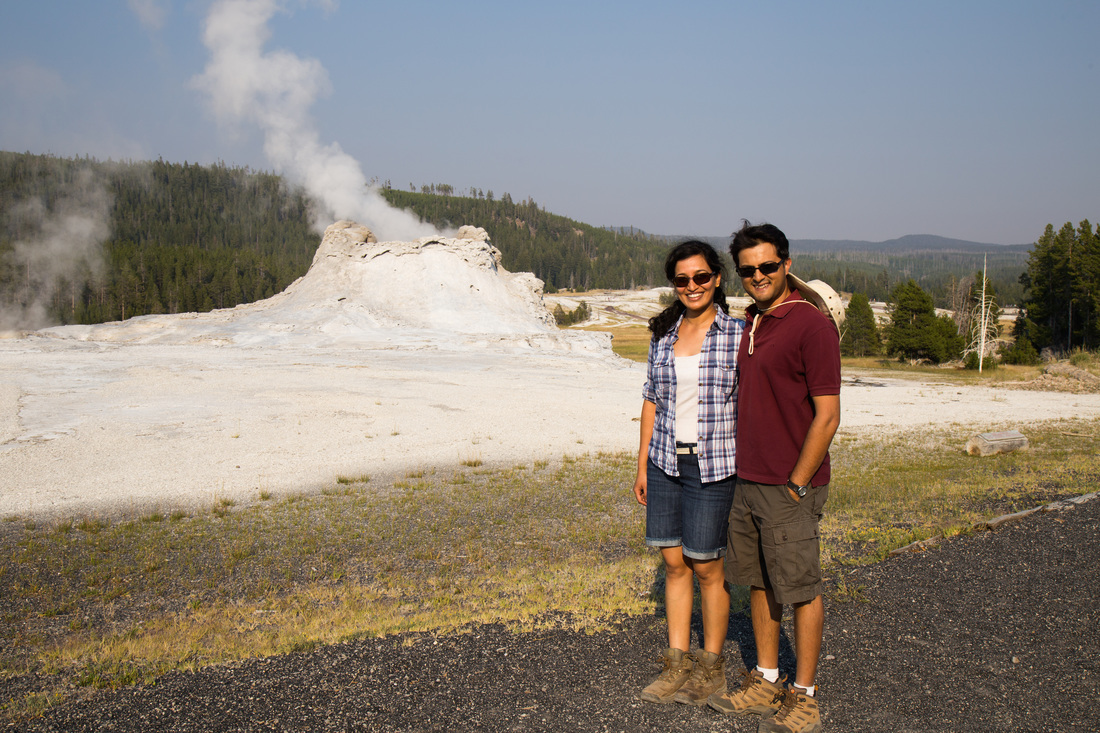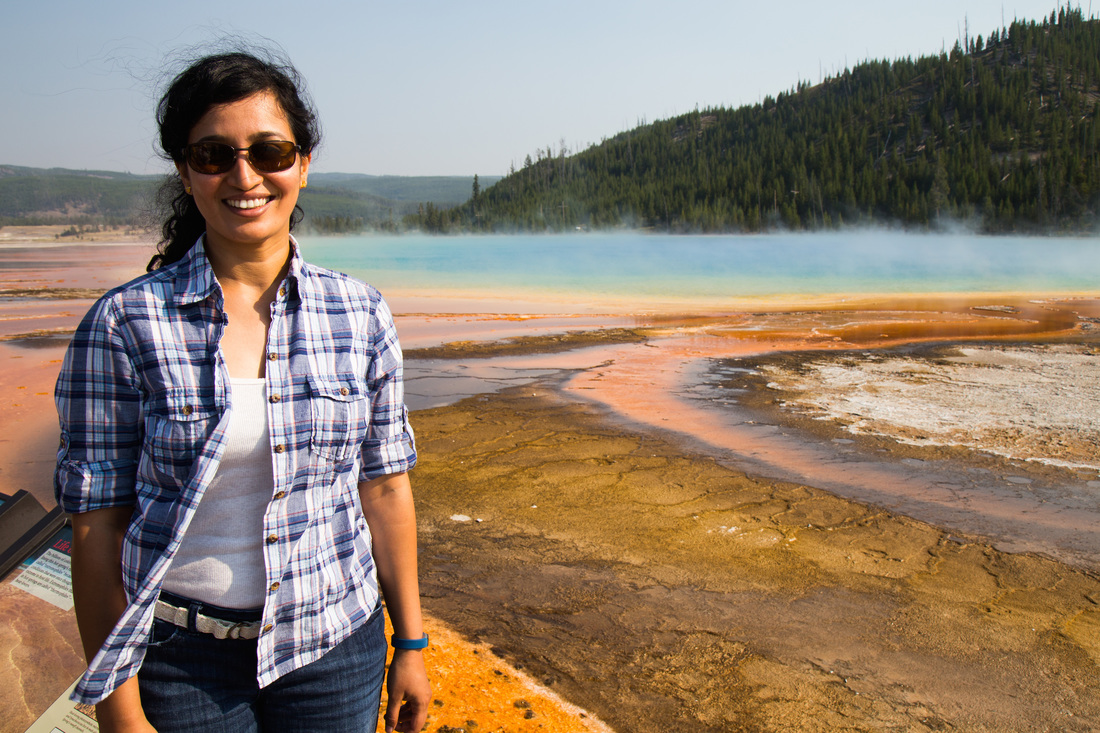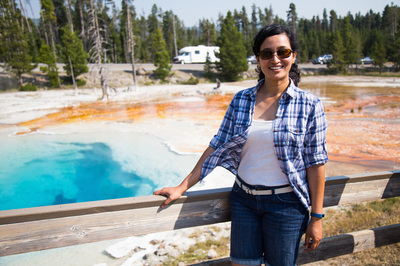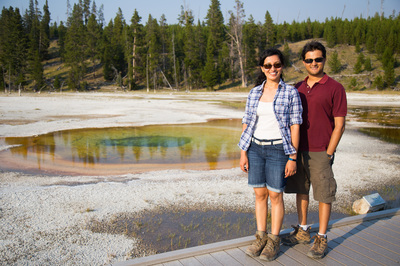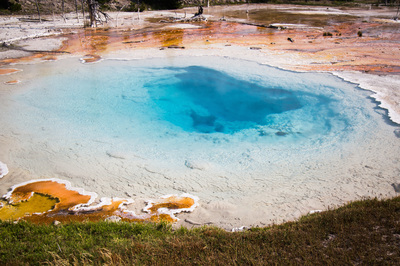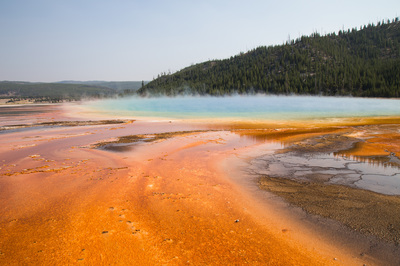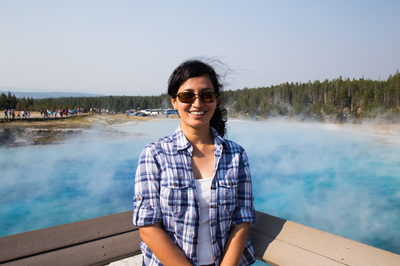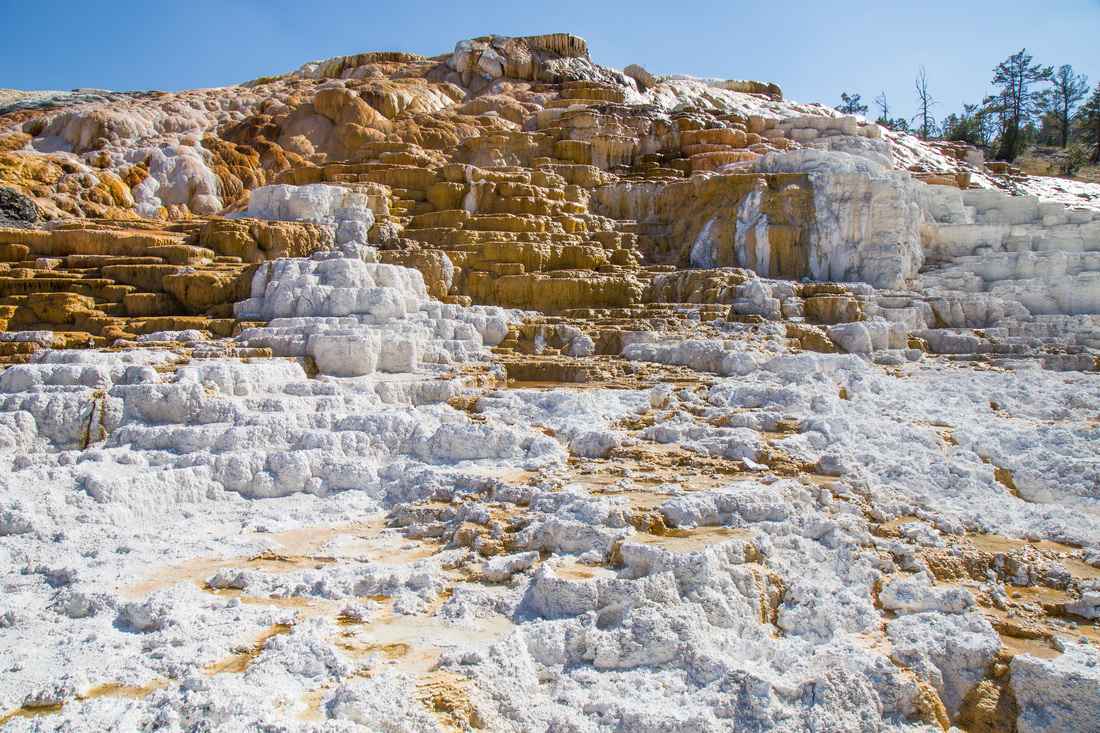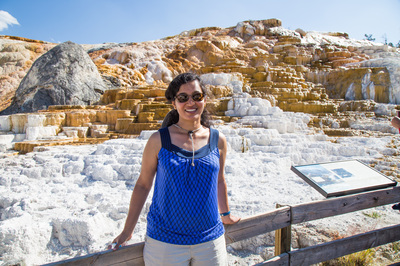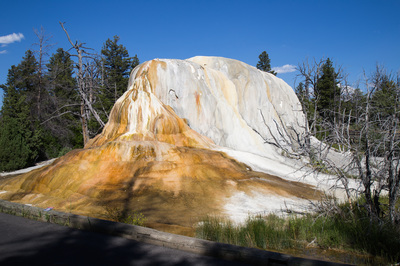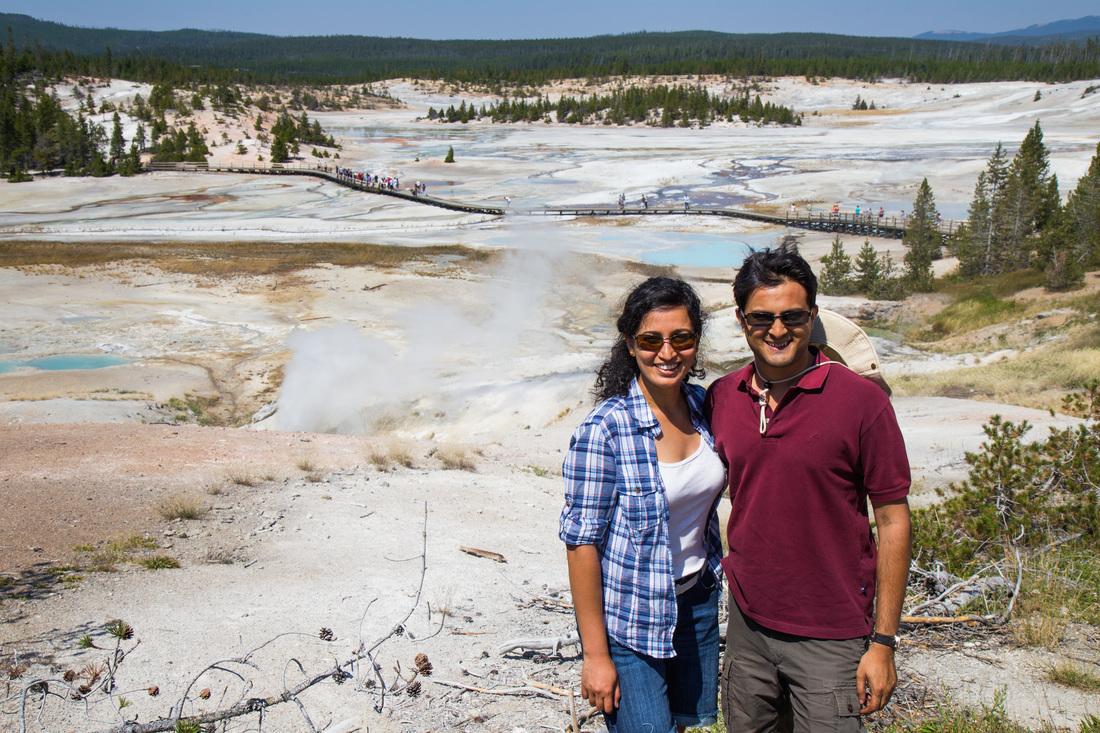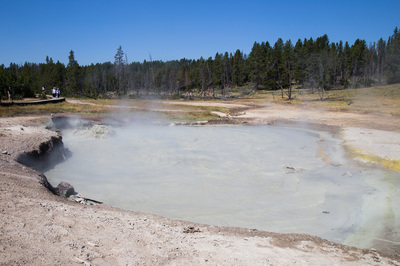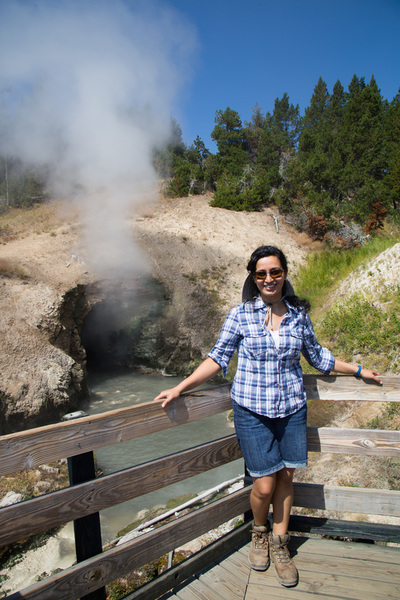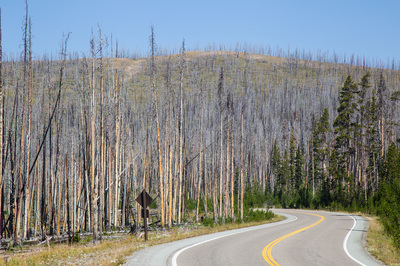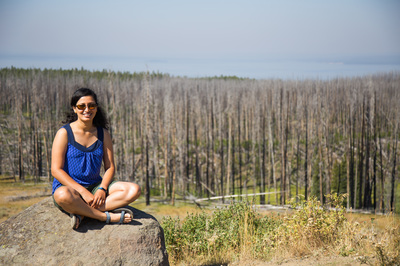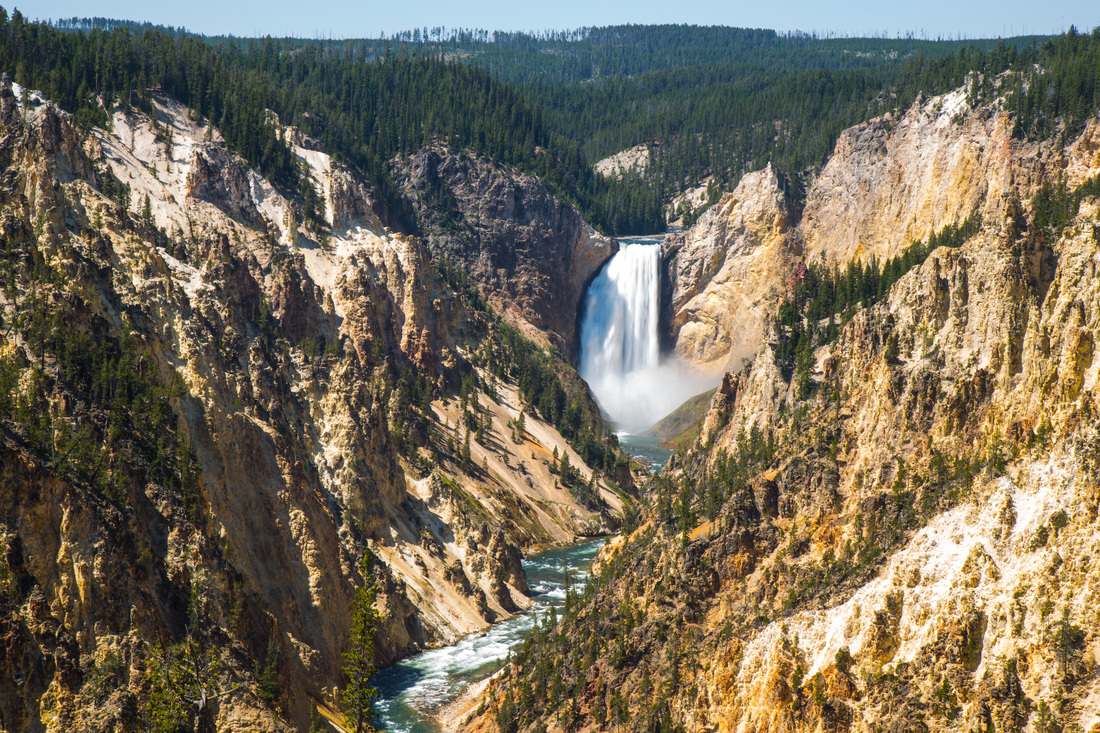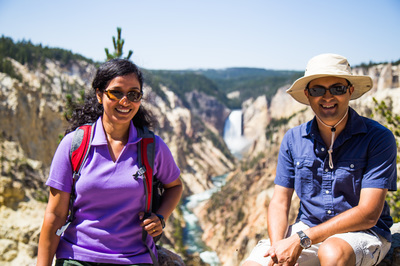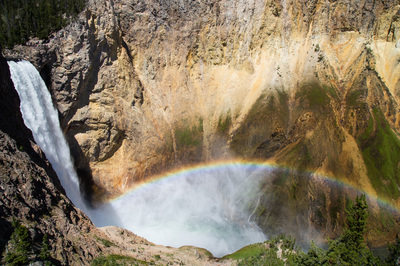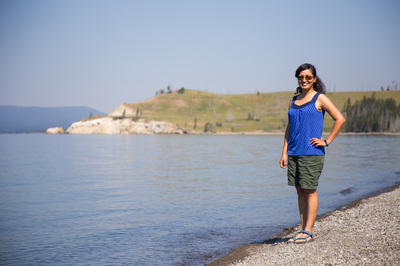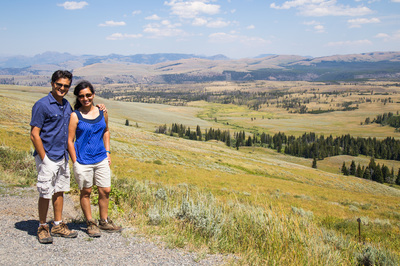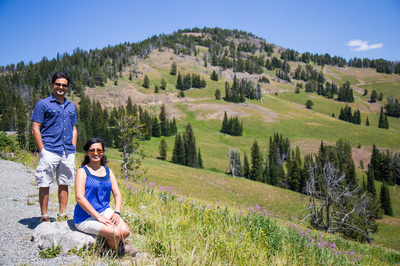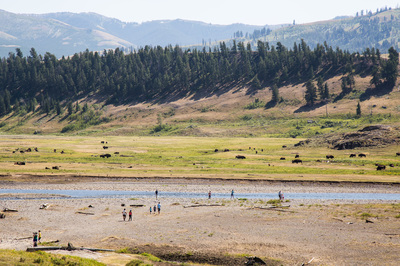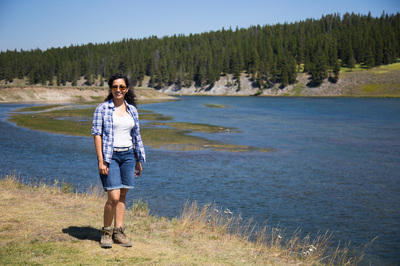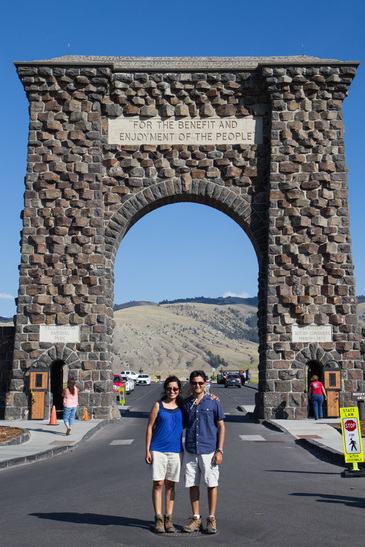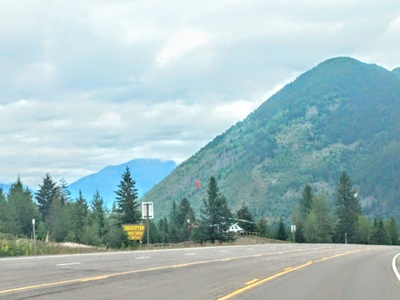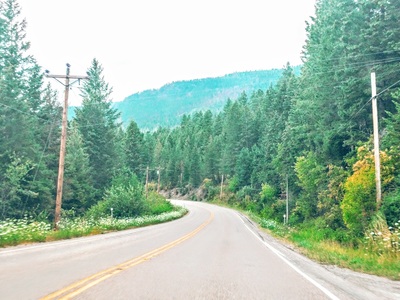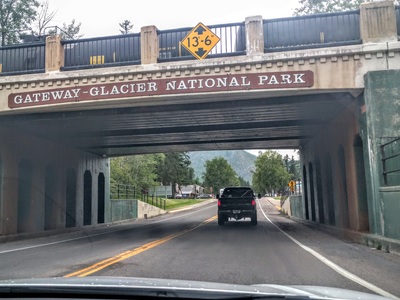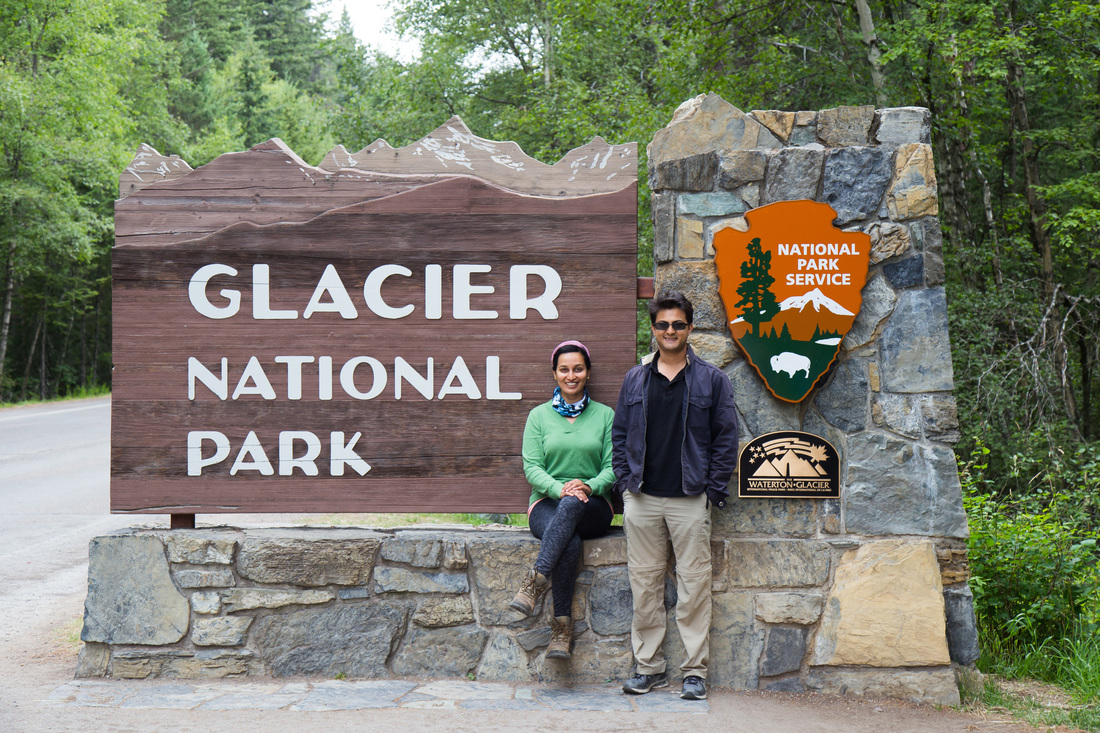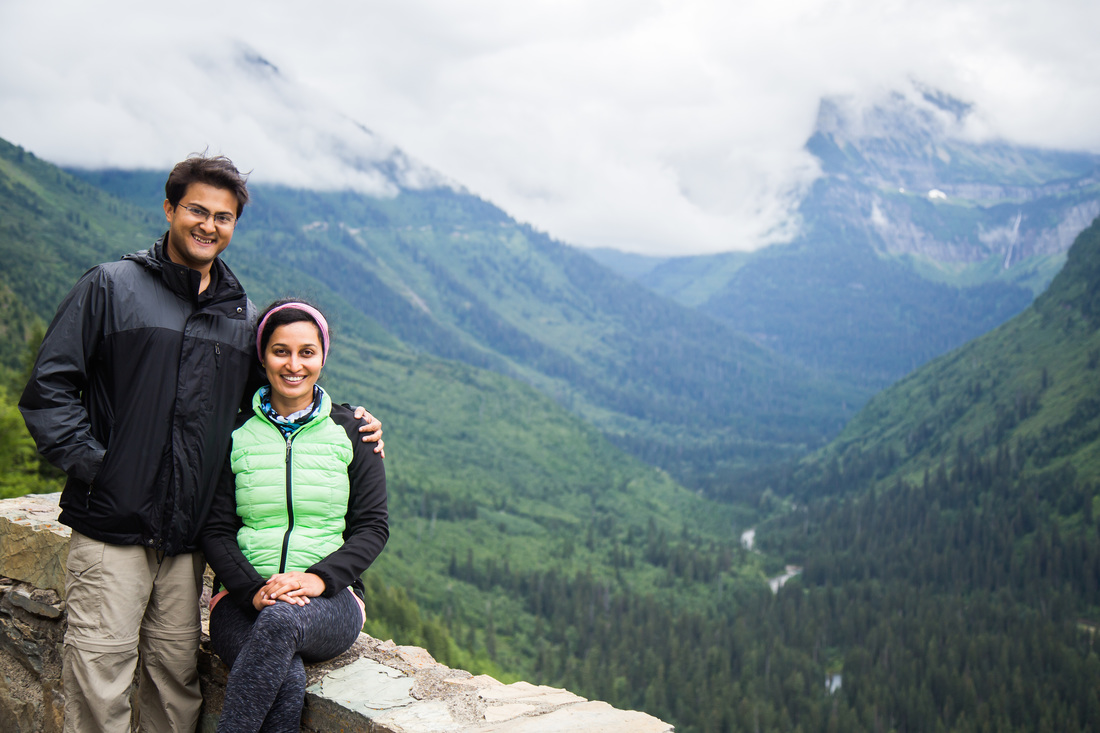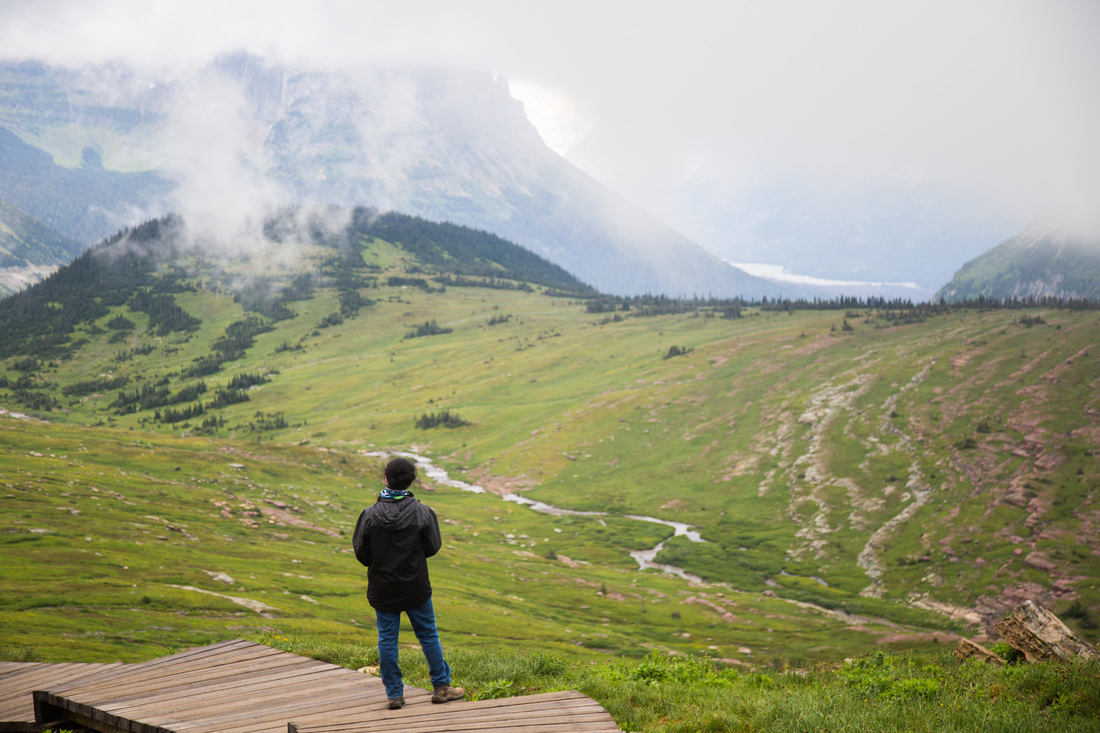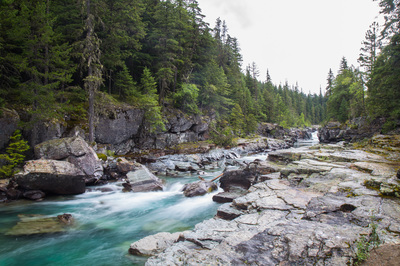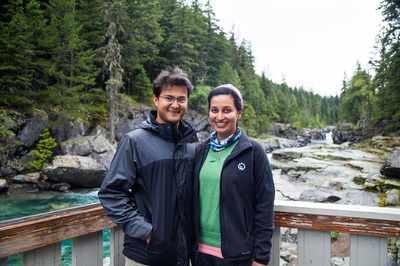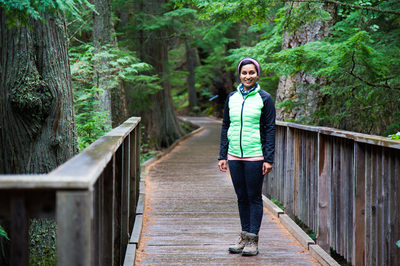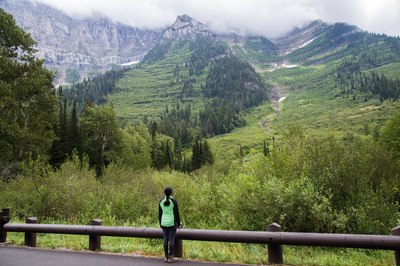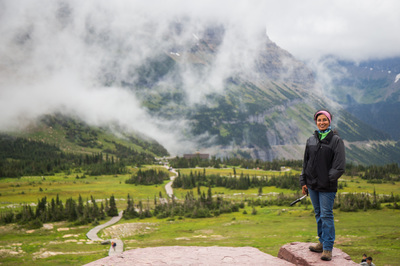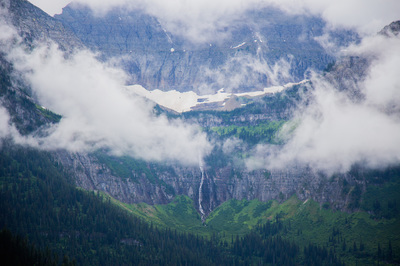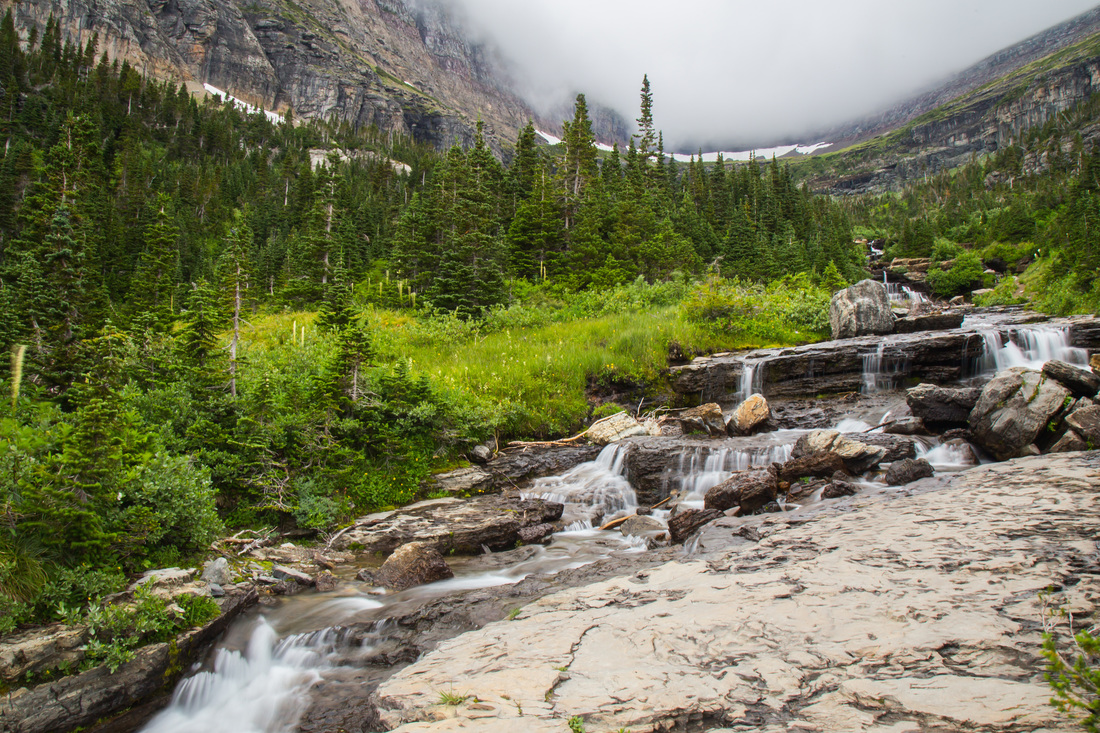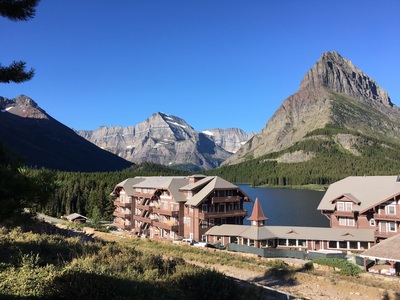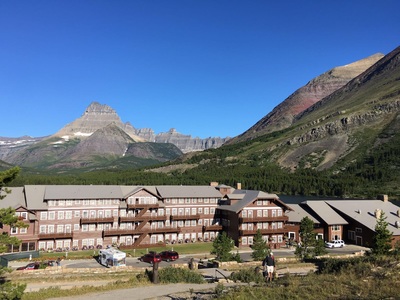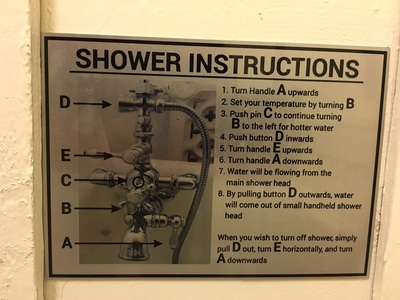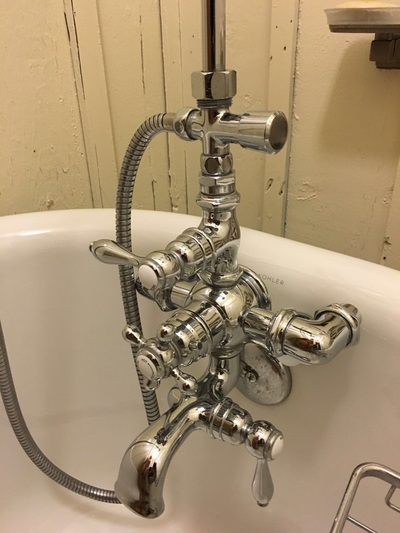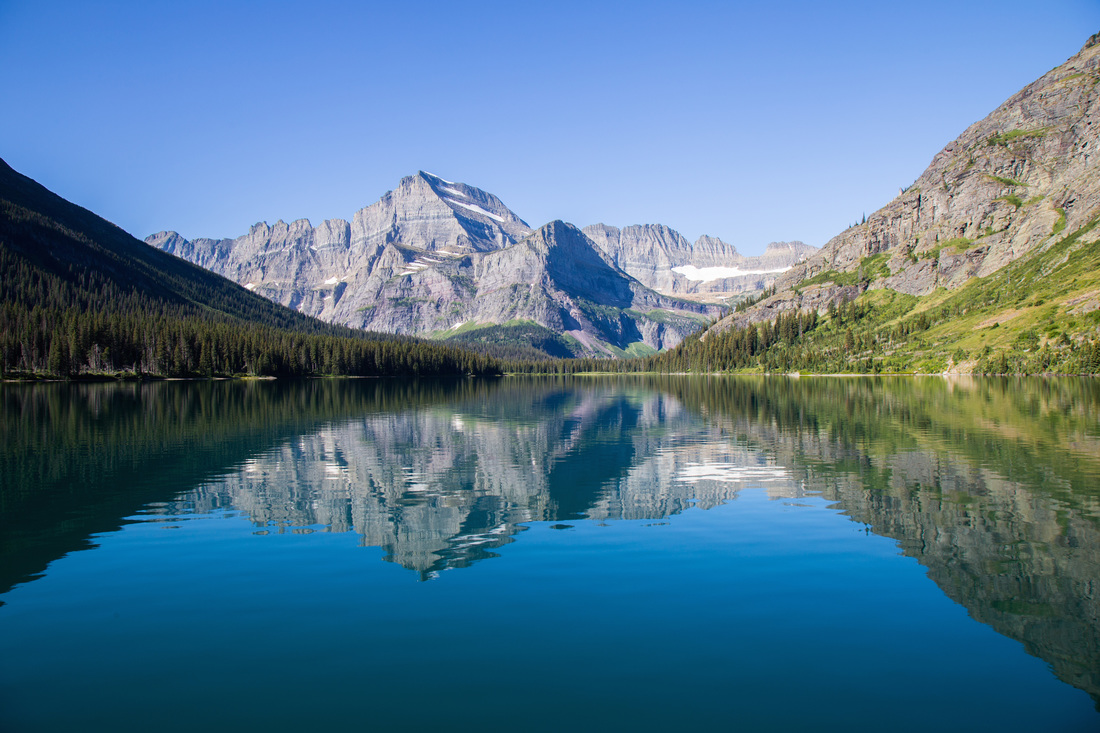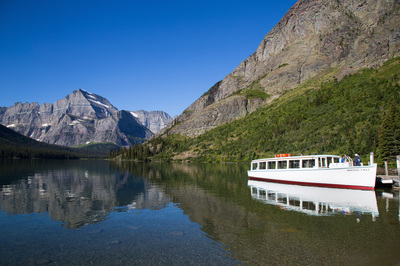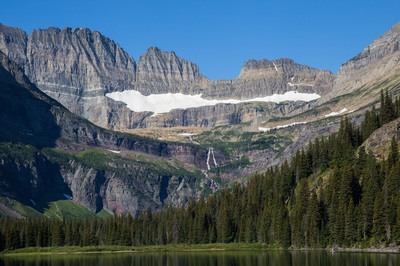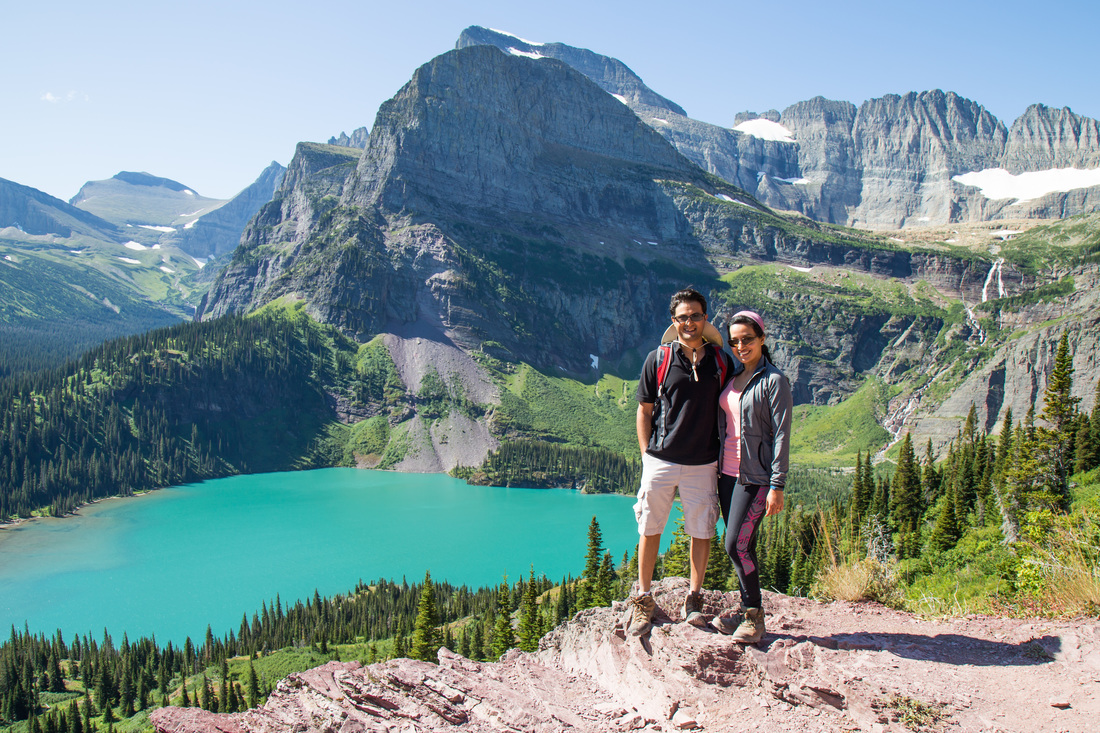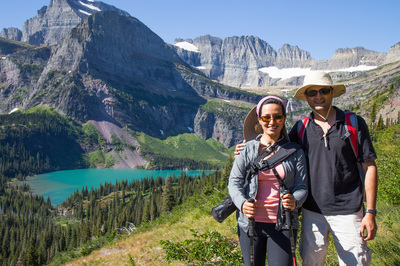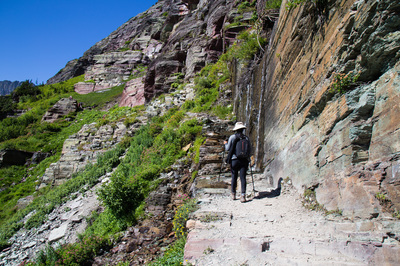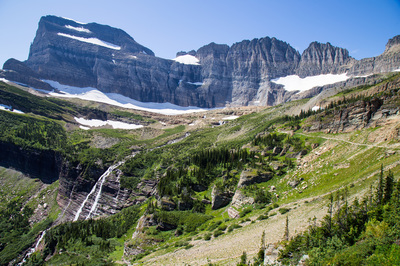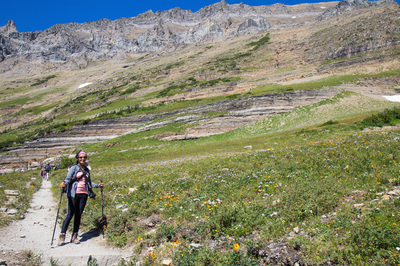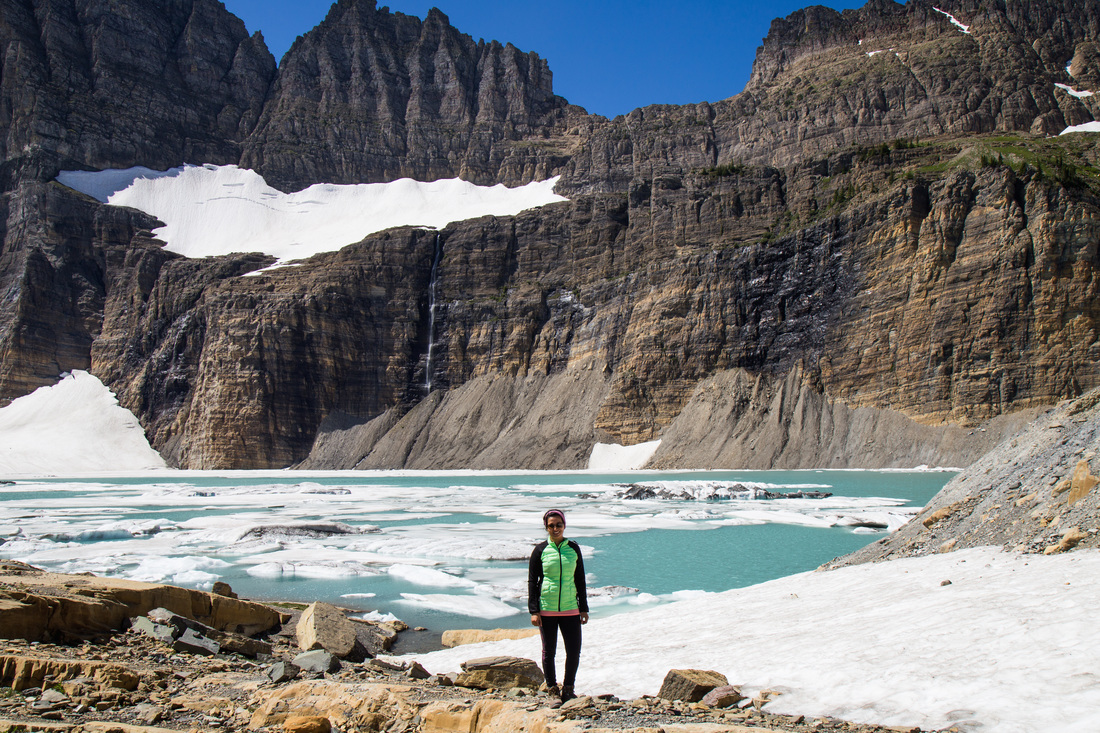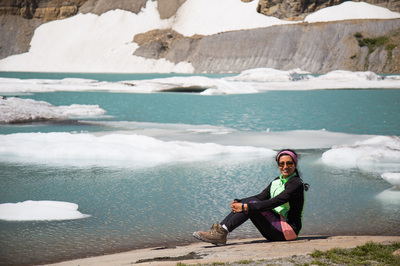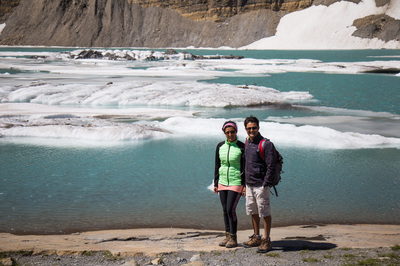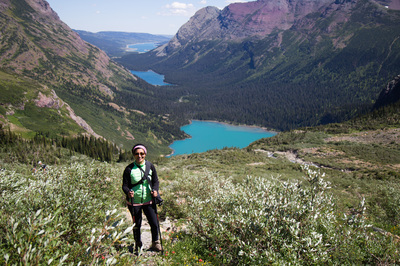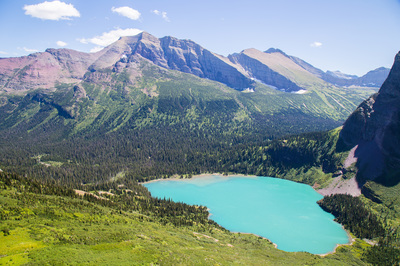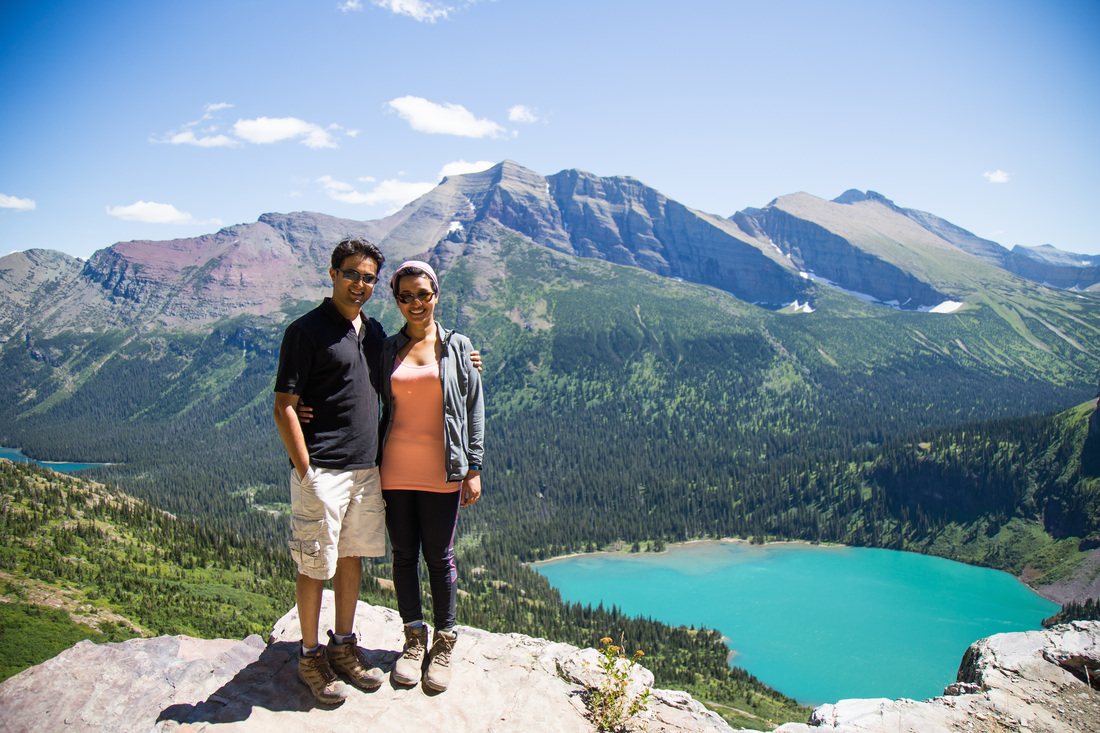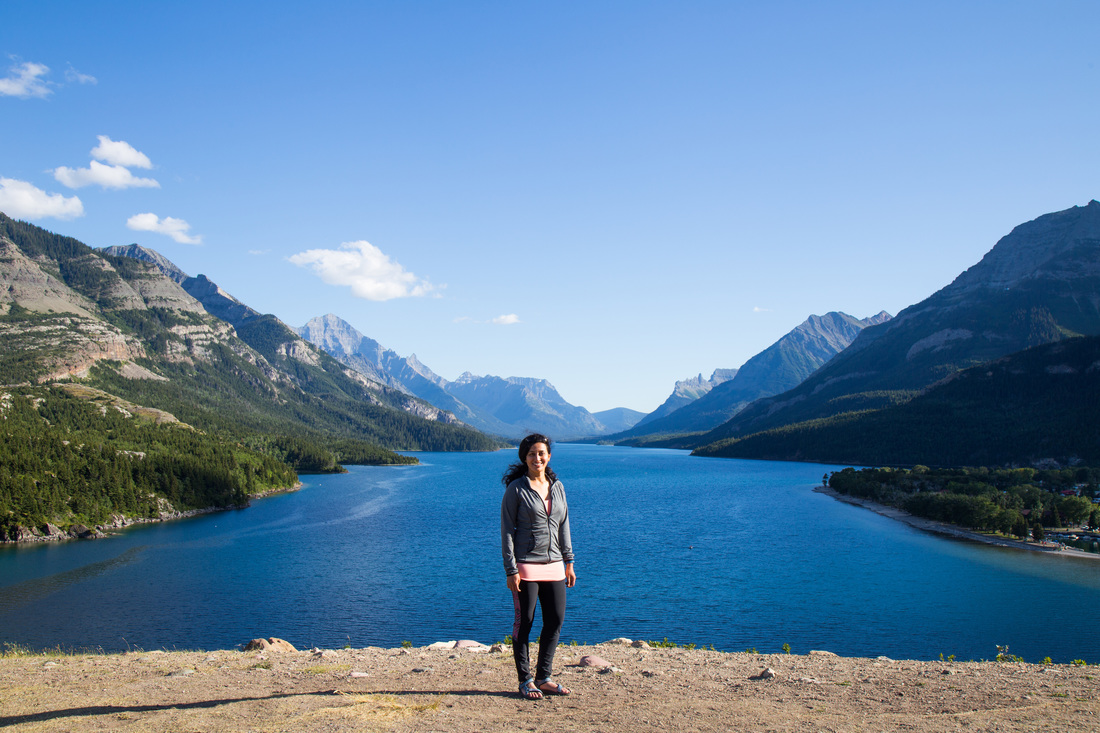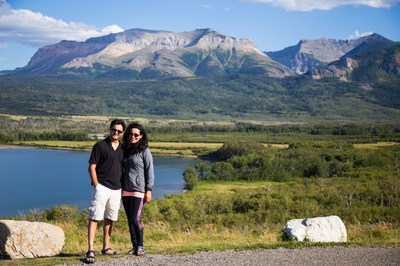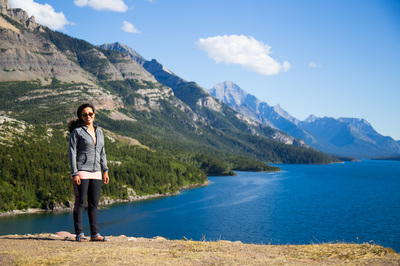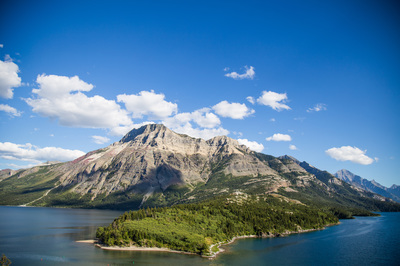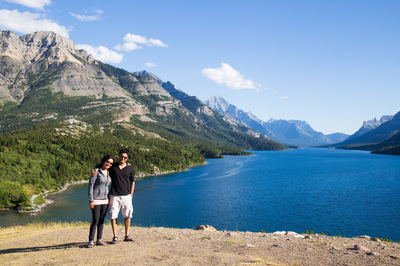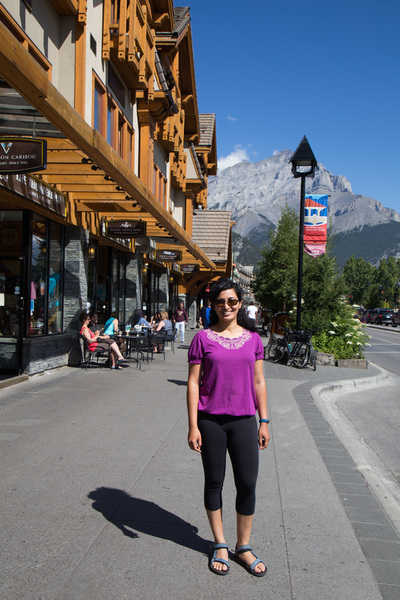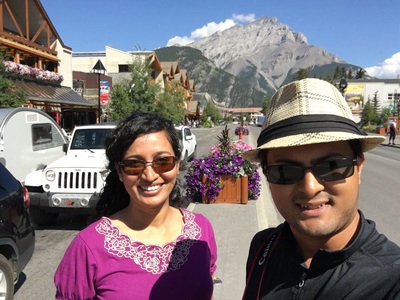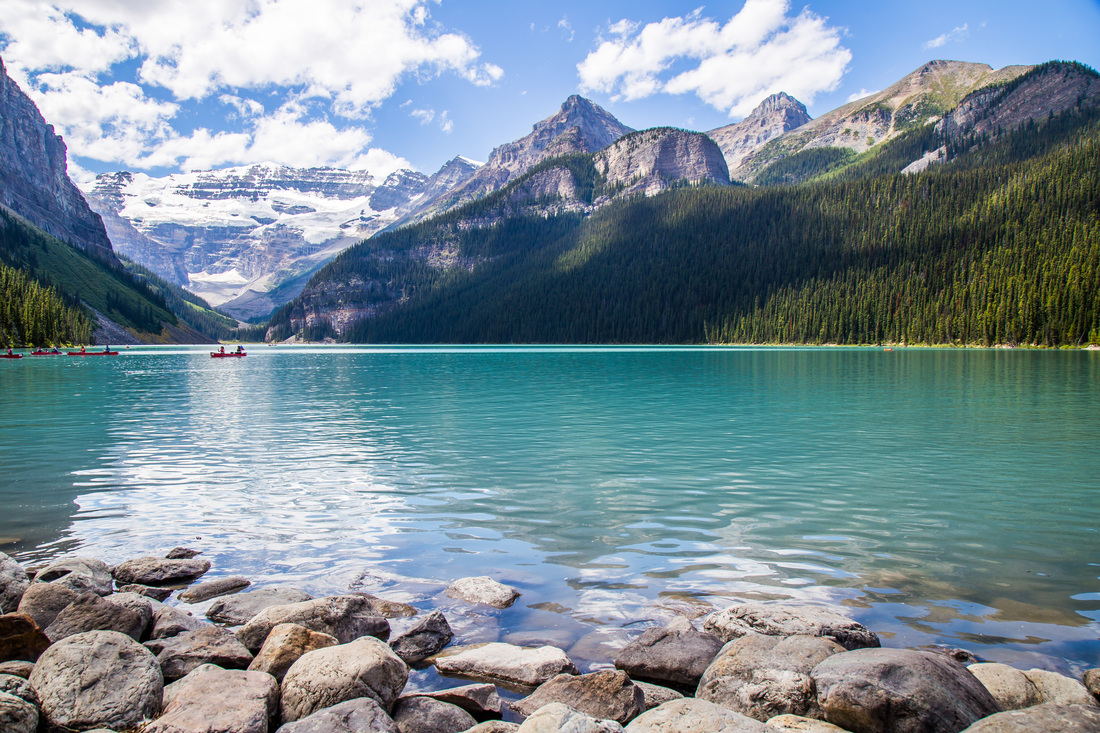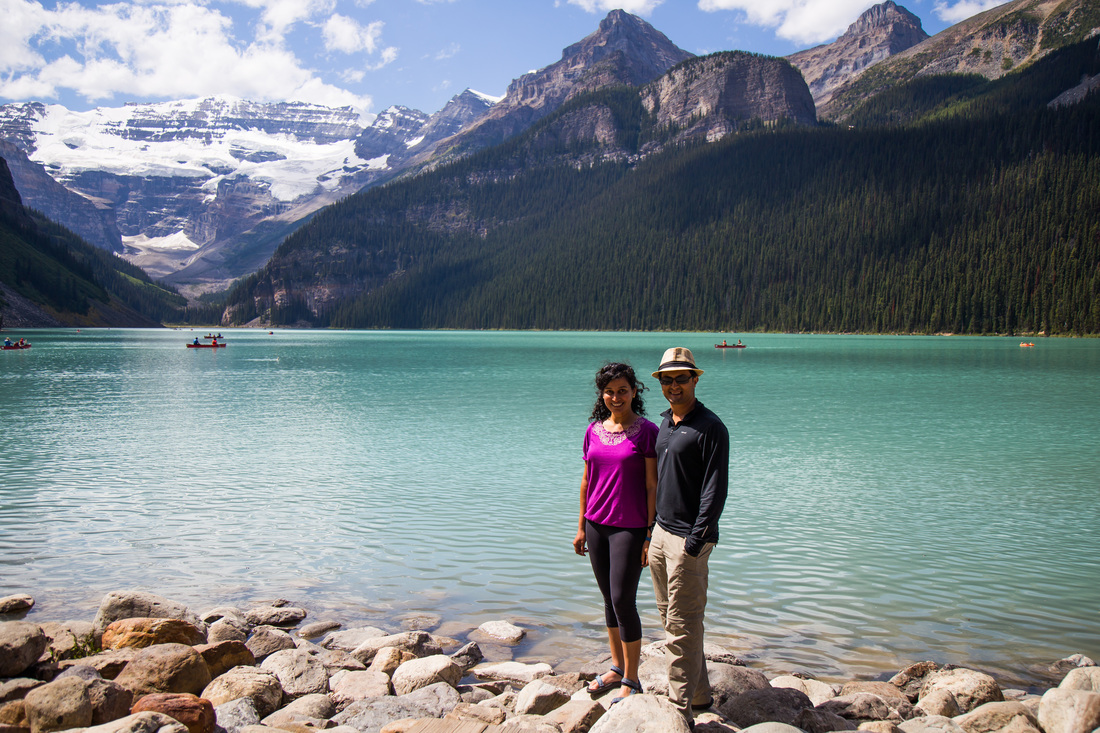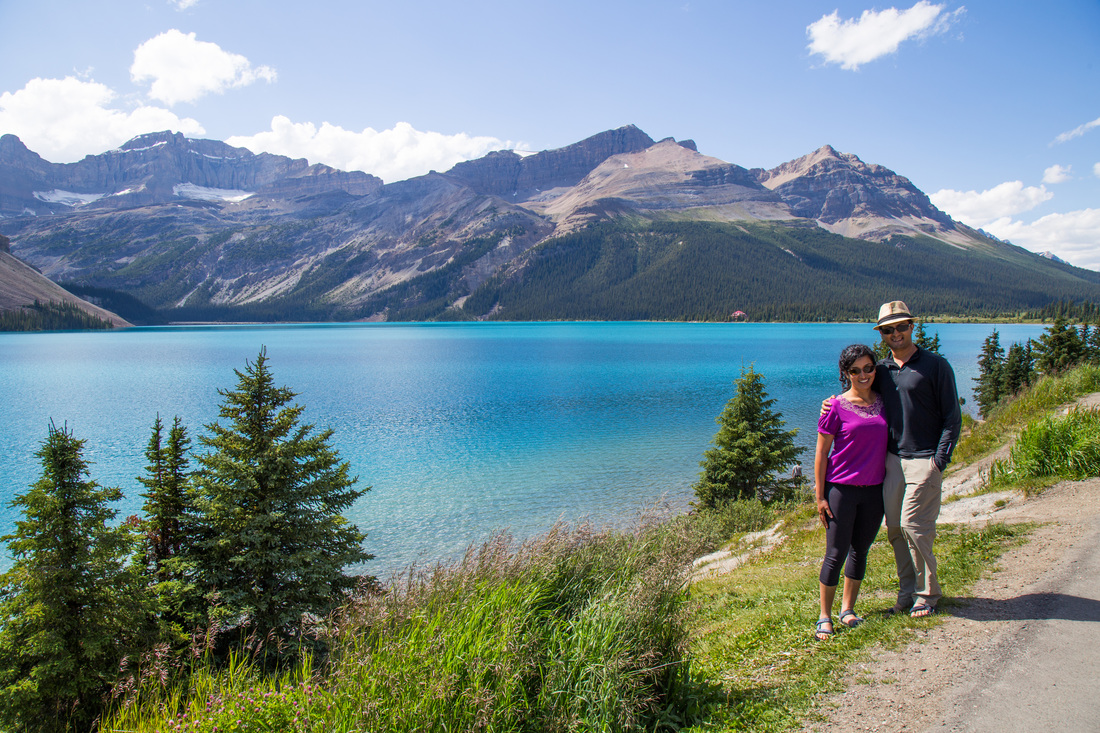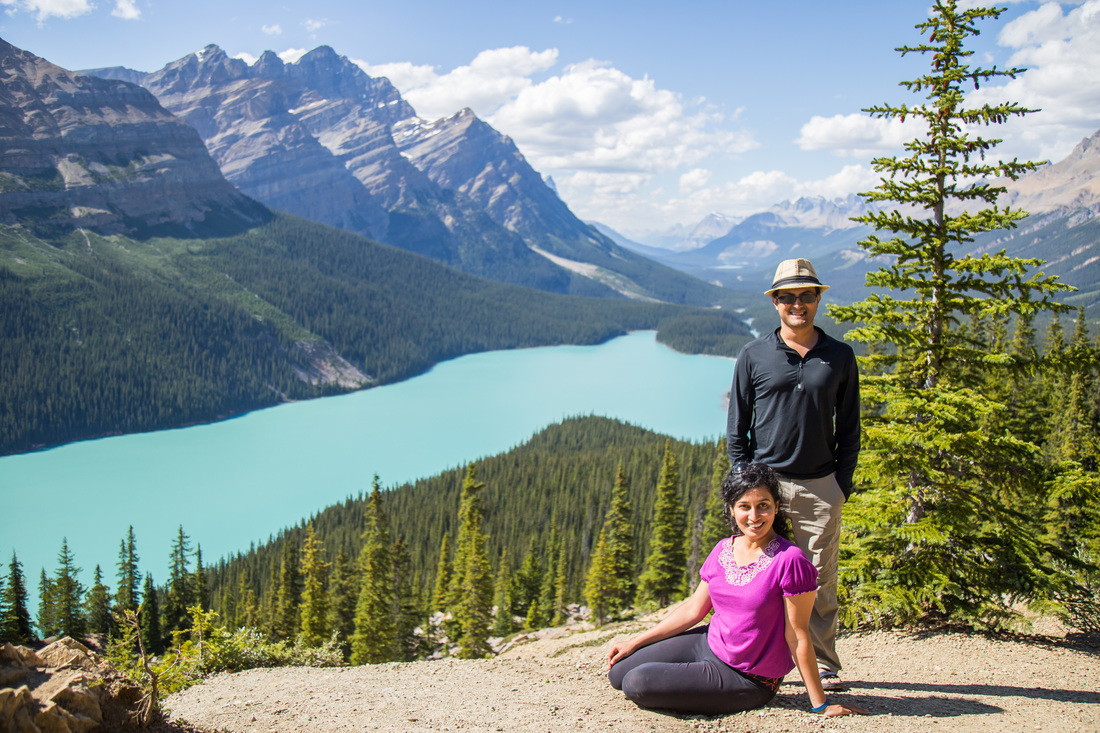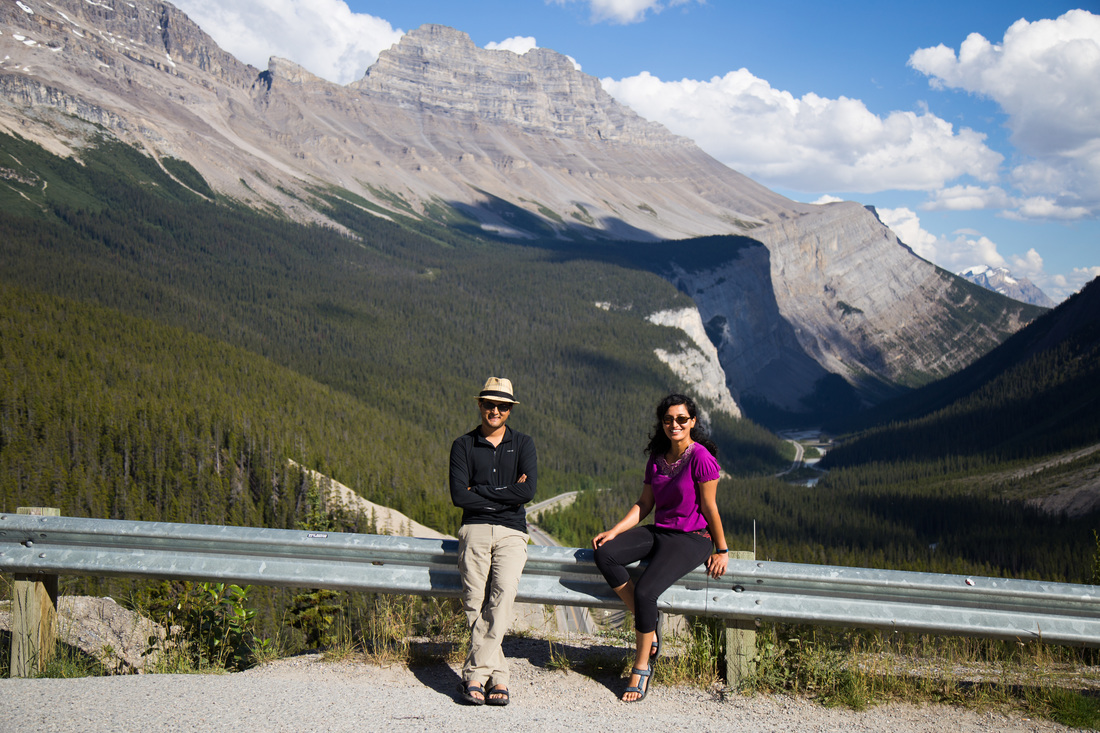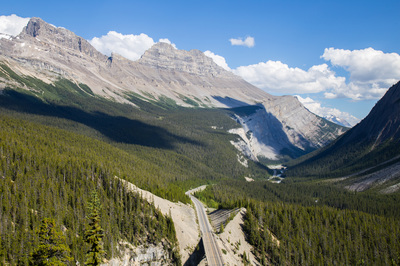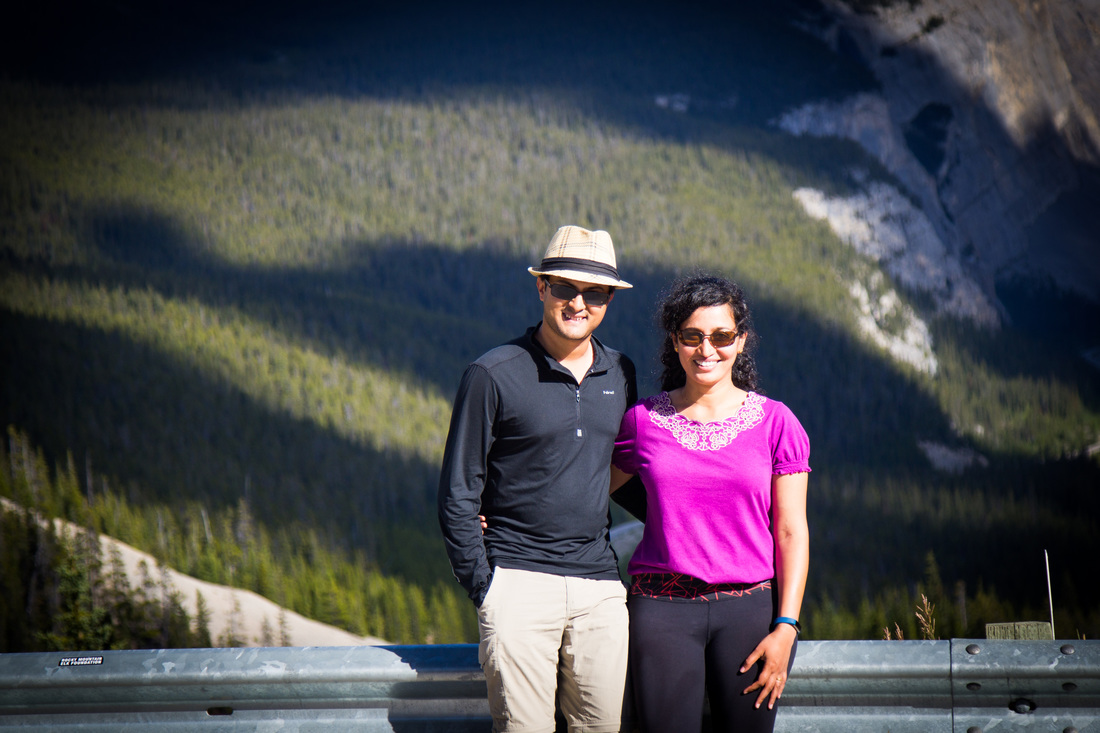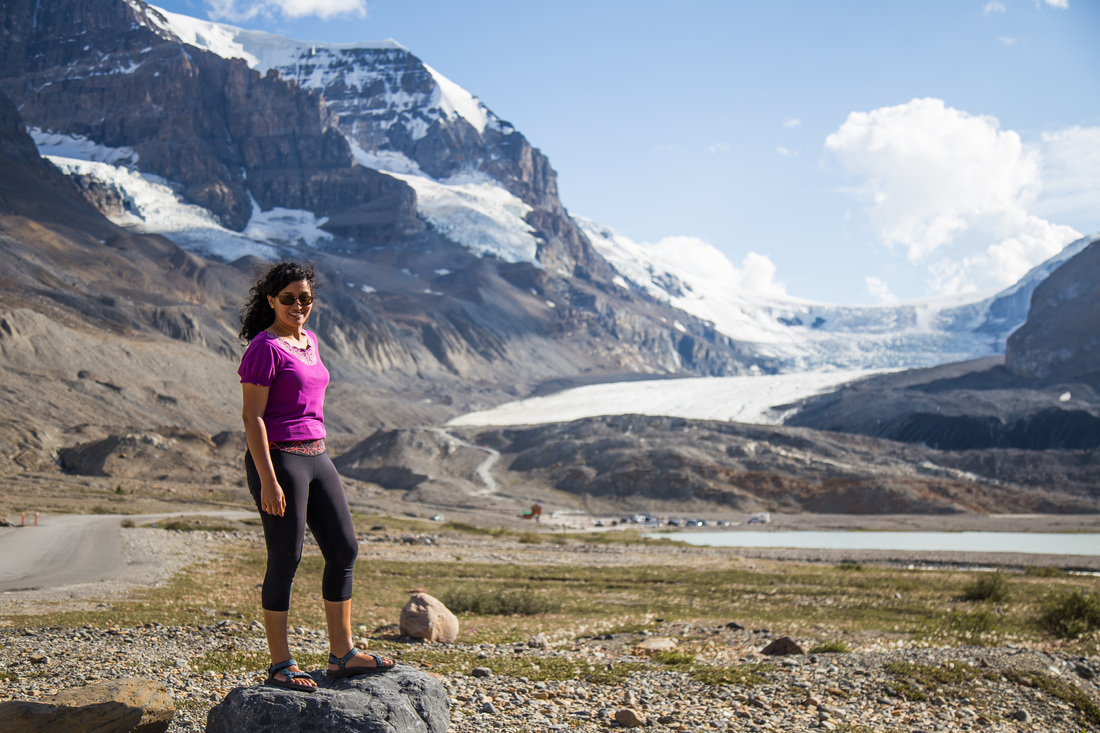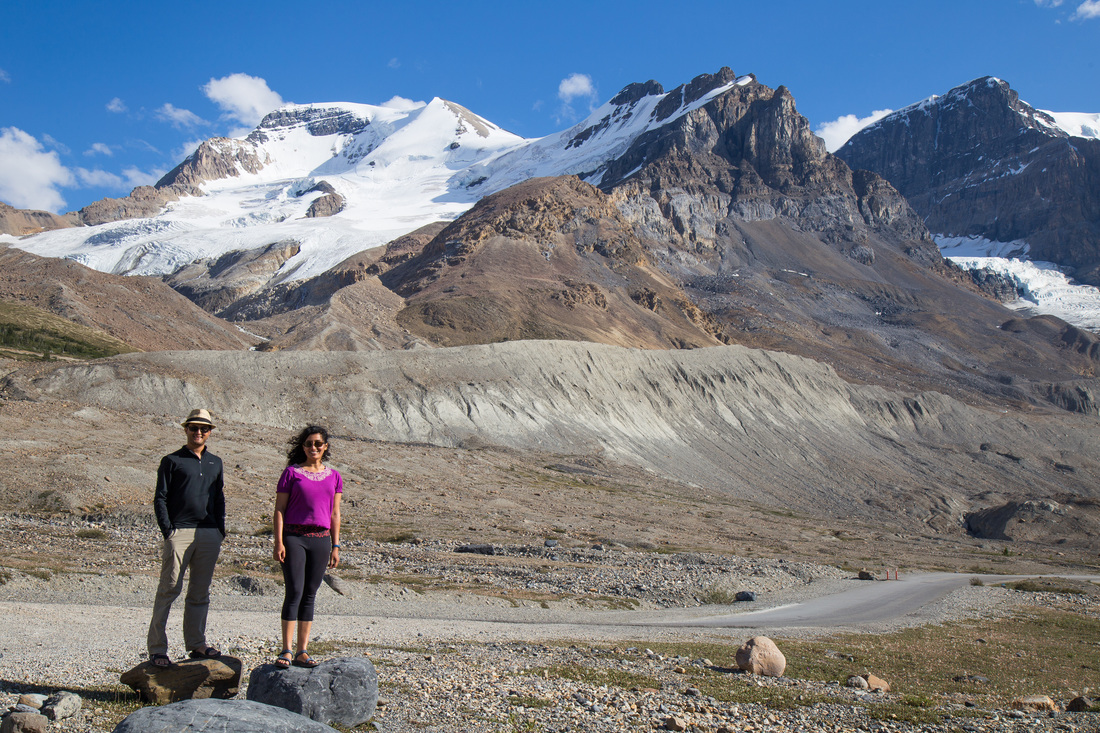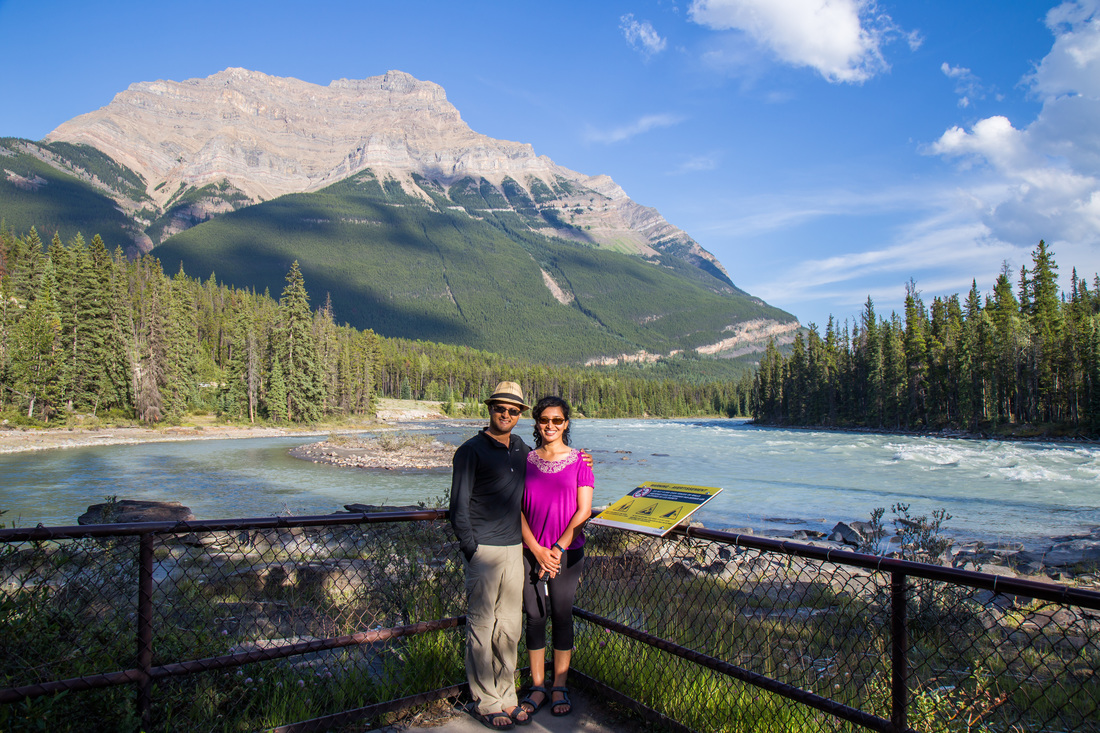Day 0: Heading out of the bay area
Destination: Fernly, NV
Distance: 300 miles
The difference between setting off on a road trip in the movies, and real life :)
Day 1: Driving to Grand Teton
Destination: Victor, ID
Distance: 770 miles
Day 2: Grand Teton National Park
There first white settlers arrived in the Tetons at the close of the 19th century, and the Mormon row was their home. There were a few images near Mormon row, and of course my vivid imagination can fill in when media content is unavailable/lacking. The men worked the land together and women shared household work. At Mormon row you can still see some of these old, now dilapidated, houses. Today of course, no one lives there. It's incredible to think of the hard life of yesteryears, and how cut off people were from one another. You can only marvel at their strength and resilience - the harsh weather, no food available other than what they grew, no sophisticated medical supplies, and they probably saw hardly anyone other than the few families that lived there.
Day 3: Yellowstone National Park
The boiling earth below creates some unique geological, hydro thermal features which can be grouped into roughly 5 categories:
Yellowstone is most famous for it's geysers and has one of the highest concentrations of geysers in the world, the most famous one being Old Faithful. Named in 1870 by the Washburn expedition, Old Faithful is one of the most predictable geysers in the world, and it's eruptions can be predicated to within 10 minutes. At the time we visited Yellowstone, Old Faithful was erupting every 1.5 hours.
The working of a geyser is very similar to a pressure cooker. There is an intricate set of valves underneath the earth through which water seeps down. As this water comes into contact with the hot magma chamber beneath it starts boiling. However it is not able to expand due to the pressure of the cooler water above. This causes the water to become super-heated and convert to steam, which then explodes above the earth's surface.
The pictures of these geysers don't do them justice. They're such an incredible natural phenomenon, and really have to be witnessed in person. The surface appears so calm initially, with nothing much happening, when suddenly you hear a gurgling sound and jet stream of water blasts above the surface shooting out almost 200 meters and pumping thousands of gallons of water in the air. It stops as suddenly as it starts, with an eruption lasting 1-2 minutes. A truly incredible experience!
The other feature that was spectacular were the Hot Springs. These are giant pools of brilliantly colored heated water. The colors are formed by bacteria in the water, and increase in brilliance towards the center of the pool. The most famous Hot Spring is the Giant Prismatic Spring.
At the north west corner of Yellowstone, sits a series of travertine terraces made by hot springs over thousands of years. Travertine is a form of limestone that is deposited by the hot springs as the superheated water cools at the surface. The terraces at Mammoth Hot Springs had a rich tan and cream color with streams flowing over them.
Furmaroles are steam vents where super heated water erupts simply as steam. They are the hottest areas of the park.
A mudpot is an acidic hot spring with very little water. Bacteria and the heat break down rocks and soil to form clay. The overall appearance is of boiling mud accompanied by a foul smell (given off by the bacteria as they break down the soil).
The Norris geyser basin stretching out behind us has a variety of geothermal features.
Day 4: Yellowstone Day 2
It struck me as quite remarkable that the forest loves this spring cleaning, and proverbially rising from the ashes. Anything that destroys human property is viewed as a calamity. I've often wondered if we're still part of nature after we as a species developed consciousness. Our ways of life sometimes seem so alien to what animals do - deep family bonds, attachment to belongings, a need for purpose, legacy etc..
When the first white visitors came to the area, they encountered Indian migratory Indian tribes who lived in this area, who called the plateau the "Rock of the Yellow River" which is where the name Yellowstone name comes from. That name is thought to have been given due to the yellow rock of the Yellowstone canyon.
We hiked down to the base of the Lower Yellowstone waterfall along a steep set of 400 steps. More pictures from the Grand Canyon of the Yellowstone:
Driving through such sparsely populated towns, I always try to imagine how our lives might be different. They probably don't check Yelp reviews for restaurants or get their grocery delivered by Amazon Fresh for starters, rather restaurant owners and grocers probably know their customers by name. Someone I went to school with at Purdue, who was from a small town in Indiana, once told me that most of his extended family still lives in and around the town he grew up in. He said that his family would find it a bit surprising if he lived far away. That concept is so strange to me. Just our little nuclear family of 4 have often been split up between different continents, my extended family lives in all continents expect Antartica :D Growing up in India, I think there was a sense of pride of going far beyond your comfort zone and achieving something (especially for my parent's generation). Though thinking about it now, it could have some basis in the fact that accessibility to facilities and conveniences, standards of living and education standards varied widely between cities and towns in India. In the US however living standards appear the same across big cities and small, which is truly an incredible feat. Perhaps because of this, people don't see the need to move elsewhere. The metrics of success, the idea of a good life vary so widely between places. You can only see the bubble you live in when you step outside it! For me, this is a fascinating and fulfilling part of travel - the wonder that comes from seeing a world different from mine, and then rethinking my beliefs and assumptions.
Day 5: Glacier National Park
We checked out after breakfast and proceeded on to the Crown of the Continent - Glacier National Park!
The two parks encompass sub-ranges of the Rocky mountains. The mountain ranges are taller with glaciers in their crests on the US side, while the Canadian side has smaller peaks and wide lakes. The area is quite beautiful, and George Grinnell sums it up nicely:
Far away in northwestern Montana, hidden from view by clustering mountain peaks, lies an unmapped corner—the Crown of the Continent. --George Bird Grinnell (1901)
The day was cloudy with a looming threat of rain. Initial disappointment with the weather forecast was quickly forgotten as we saw an almost magical land around us - clouds hugging the mountains and the forest a deep, drenched green. It felt as if we had been transported to a different place and time entirely. Gorgeous sights at every turn, spectacular hiking along the Avalanche Trail - a day of beautiful memories! I told Abhishek - Kahan Aa Gaye Hum :)
Day 6: Glacier and Waterton National Parks
Boat ride across Swiftcurrent Lake and Lake Josephine. Grinnell Glacier, the destination of our hike, can be seen on the slight right off the center of the image.
The hike down was even more spectacular than the hike up since we weren't huffing and puffing. Some pictures on the way down -
We had a pretty funny experience as we crossed the border. The Canadian border had a sign a little ways from the booth that said STOP here. This border crossing was quite slow with just a few cars waiting in line. None of the 2-3 cars in front of us seemed to notice the sign and drove straight upto the booth as soon as the previous car drove off. Abhishek, the careful person he is (he never fails to notice the tiniest spec I didn't wash off on dishes - I really should start getting him to do the dishes or hide his glasses!), noticed the sign and waited his turn. When we pulled up, the officer boomed out a loud "Congratulations!" to us. In the fraction of the few seconds he took to continue, all sorts of thoughts came into my head - including wondering if we had won some Canadian citizenship lottery (If only I was so fast at thinking about exams/useful stuff). He continued of - "You guys can read! Congratulations! All these people are driving in here as if they're driving into a barn. Thank you for STOPPING!".
An hour later we were in the beautiful Waterton lakes area. The mountains on this side of Glacier are much smaller with rounded peaks. The wide U-shaped glacially covered valley is filled with massive lakes. As we came upon this sight, I squeaked in wonder, telling Abhishek that this is likely the most beautiful sight I've ever seen!
It brought back visions of victorious heros returning to their homes by the sea after fighting pitched battles in Troy and the Lord of the Rings. It also brought a new wave of peace and serenity. Ok, I'll stop. I marveled in awe at the billions of years that have made this beautiful planet what it is today. I mused about how eternal everything around me was (which was helped by the fact that there were no other people here), and what a tiny spec I am. Someone once told me that everyone is forgotten after 200 years, and my amazing brain made the right synaptic connection to bring this thought back to me at the right time. And of course, how many wonders there are to see! #wanderlust
I dreamed of lakes - large and small, turquoise and blue, that night.
Day 7: Banff National Park
Our first stop on the drive was the famed Lake Louise. The lake was a deep turquoise color, similar to other glacially fed lakes we'd seen in Glacier National Park, and was ringed by mountains on three sides. Some pictures are below. The lake was pretty crowded when we visited. The lack of other people in these pictures is primarily the result of patience. We finally got 1 picture where no one ran across :)
I was telling Abhishek, this careful shot taking is the root cause of the whole wanderlust movement that has gripped our generation - no one ever shares pictures of a ton of people everywhere, which is actually the reality. Our little house felt far more spacious than the majestic Lake Louise. I think I also spotted someone selling chana!
Well, just to clarify, I could certainly spend 2 months in this place, as long as I have a warm bed every night, and soak in all the prettiness. More lakes along the way:
The Canadian Transcontinental railroad was an ambitious project started in the late 19th century to link the eastern and western regions of Canada to bring about the integration of British Columbia into the Confederation of Canada. While the railroad was being built, railroad workers discovered the hot springs at Banff. In order to attract tourists an initial 673 sq. kilometers surrounding the hot springs was set aside and named "Rocky Mountain Park", and the Banff hotel was built soon after. This was the first national park in Canada. Today Banff national park stretches over 2500 sq. km. The Canadian National Park system now has 38 national parks encompassing over 300,000 sq. km!
Everything starts with baby steps. Never hesitate to take baby steps. That's how I started blogging about our travels - it's not made it as big as the Canadian NP system, but maybe something else will :)
More pictures along this spectacular, spectacular drive (did I already say spectacular?)
We're standing on old glacial land.
This trip we also tried out audio books, and we really enjoyed them. We finished Girl on the Train (highly recommended) and started on Nightingale. We had a relaxed, but uneventful drive home (we visited the Amazon bookstore which was interesting).
That's all folks! Hope you enjoyed my narration of our road trip. Thank you for reading. Watch this space for the next post on our little adventures!
